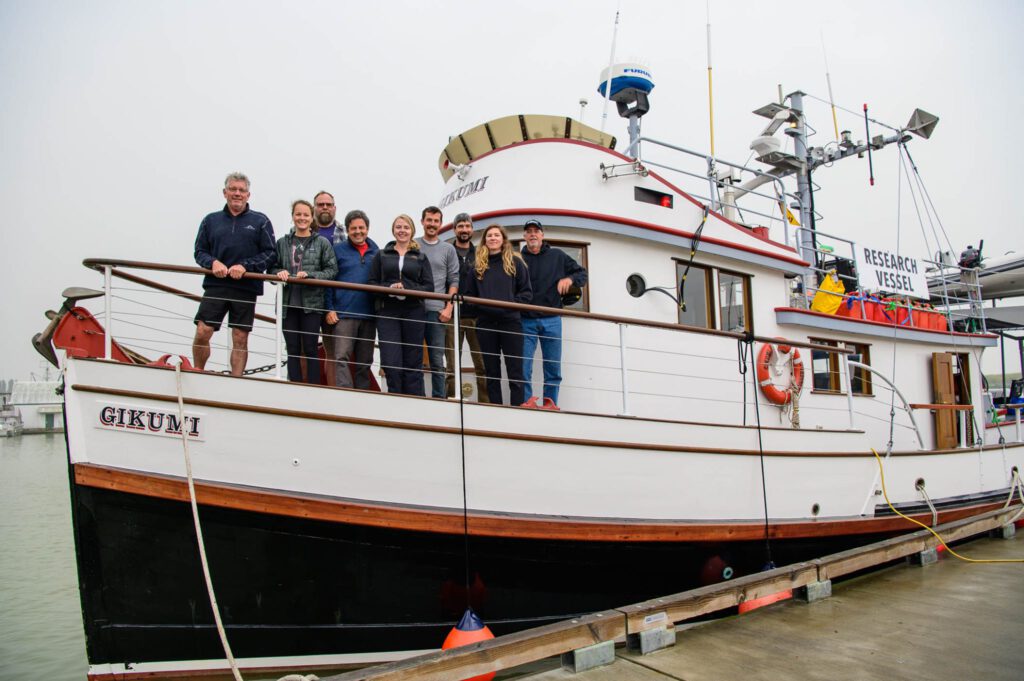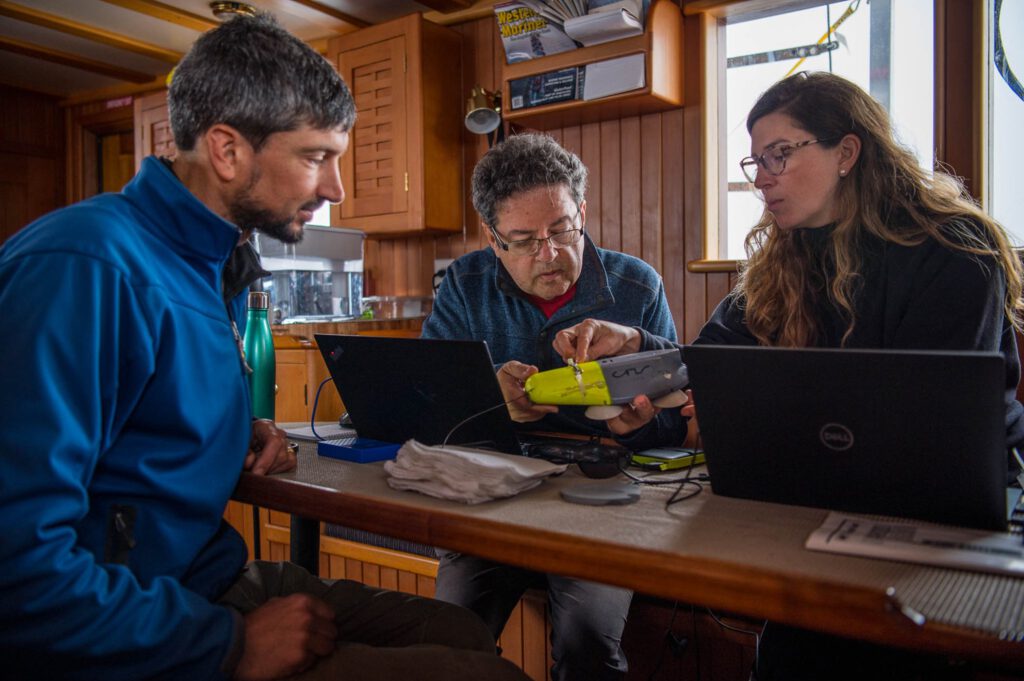In Search of Killer Whales
In August 2020, nine people set sail aboard the MV Gikumi to determine whether there are enough chinook salmon to support southern resident killer whales in the Salish Sea. For 30 days, we used electronic fish finders, biologging tracking devices, and drones to document the abundance and distribution of salmon, as well as the feeding behaviours of two populations of resident killer whales—one that is declining (the southern residents) and one that is increasing (the northern residents).
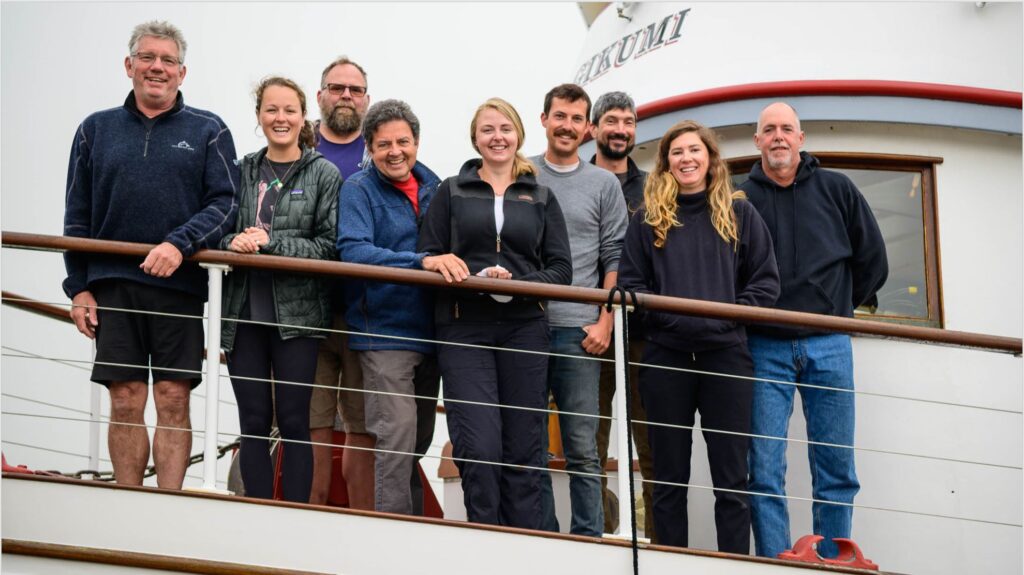
Orca Quest 2020 Research Team. From left to right, John Turpin (Captain & Owner of the M/V Gikumi), Brianna Cairns (UBC Research Assistant – Hydroacoustic Assessments), Dave Harvey (Cook, Deck Hand, Safety Officer and Problem Solver), Andrew Trites (UBC Team Leader), Taryn Scarff (UBC Undergraduate Research Assistant – Hydroacoustic, Drone, Photo ID, Social Media Support), Keith Holmes (Hakai Institute – Drone Operations), Mike deRoos (Cetacea Contracting – Tagging Operations), Sarah Fortune (UBC Co-Investigator / PostDoctoral Fellow), Chris Hall (Sea View Marine Sciences – Steller Quest Captain).
The following are our diary entries. We welcome you to join us and relive some of what we did and learned….
August 19 – Getting Ready
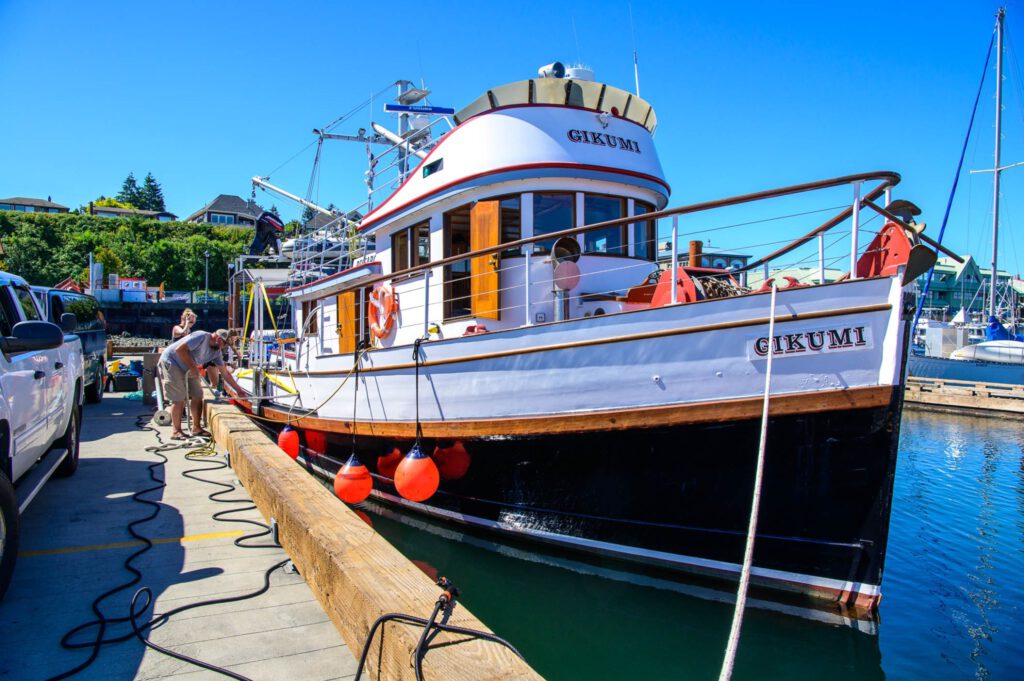
For the next 30 days we will be studying the feeding behaviours of resident killer whales, and assessing the abundance of chinook salmon available to them. Our ultimate goal is to determine whether southern resident killer whales are experiencing a food shortage in the Salish Sea.
We are living and travelling aboard the Gikumi, and have brought a lot of specialized equipment to measure ocean conditions, and scan for fish. We also have drones to film and observe the whales from overhead as they search for food, and have a support vessel — the Steller Quest — to place suction cupped biologging tags that can film underwater and record their sounds and movements. Use of these technologies will allow us to determine what conditions killer whales require to successfully capture prey.
-
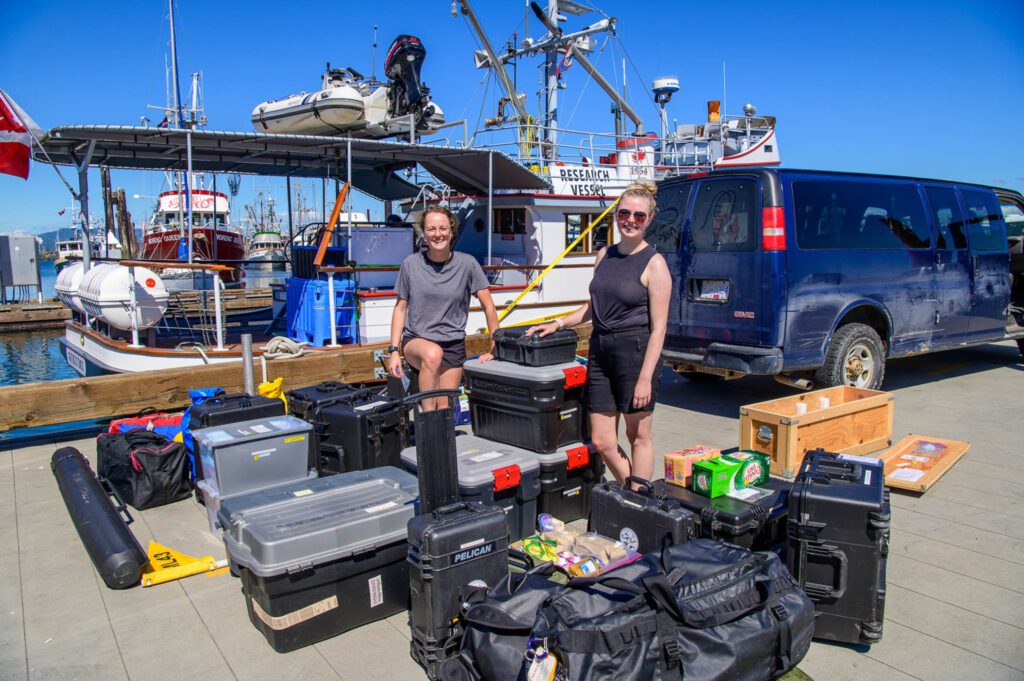
august19-b
-
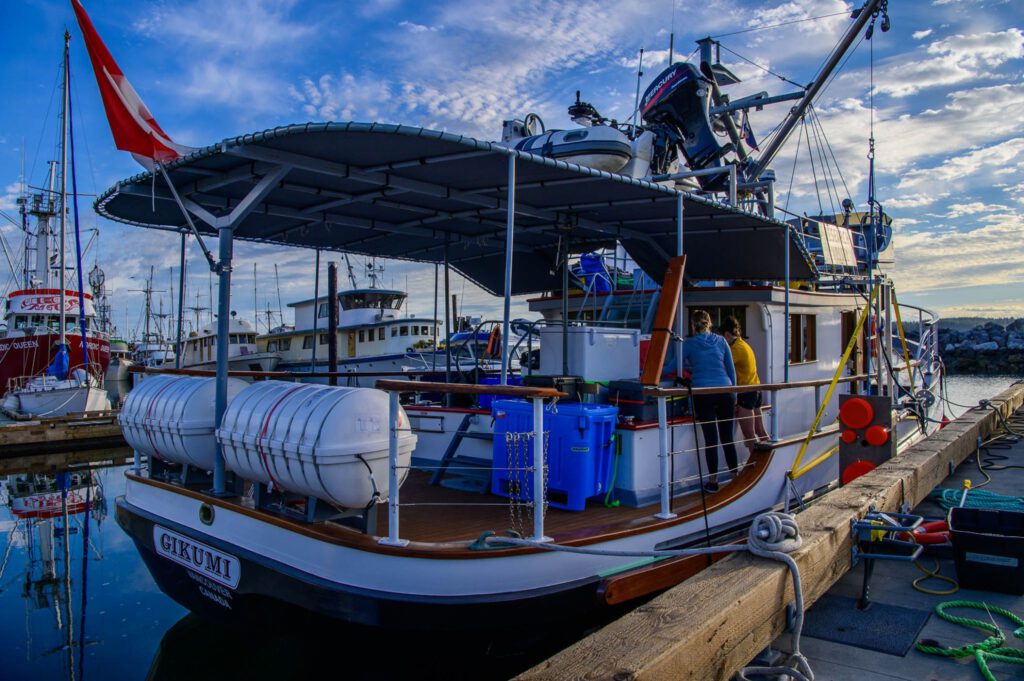
august19-c
-
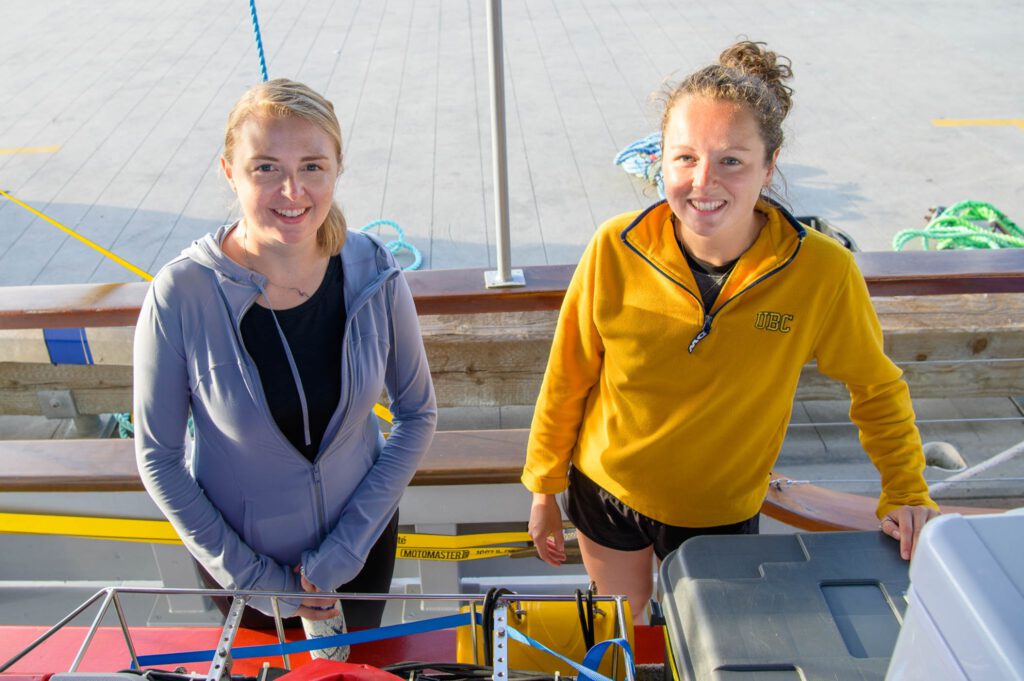
august19-d
-
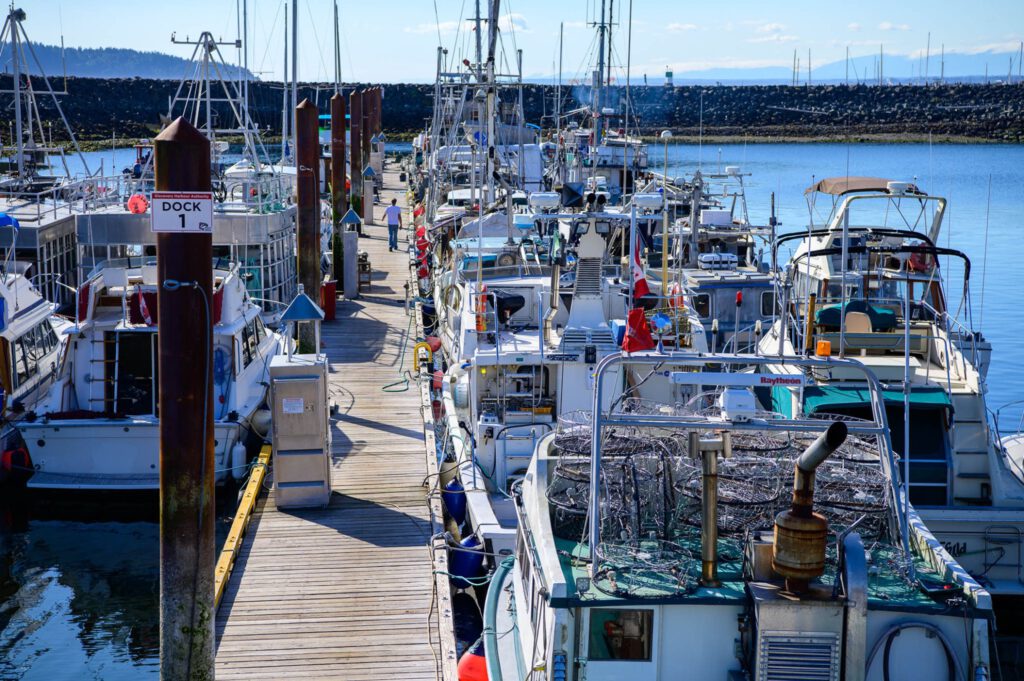
august19-e
-
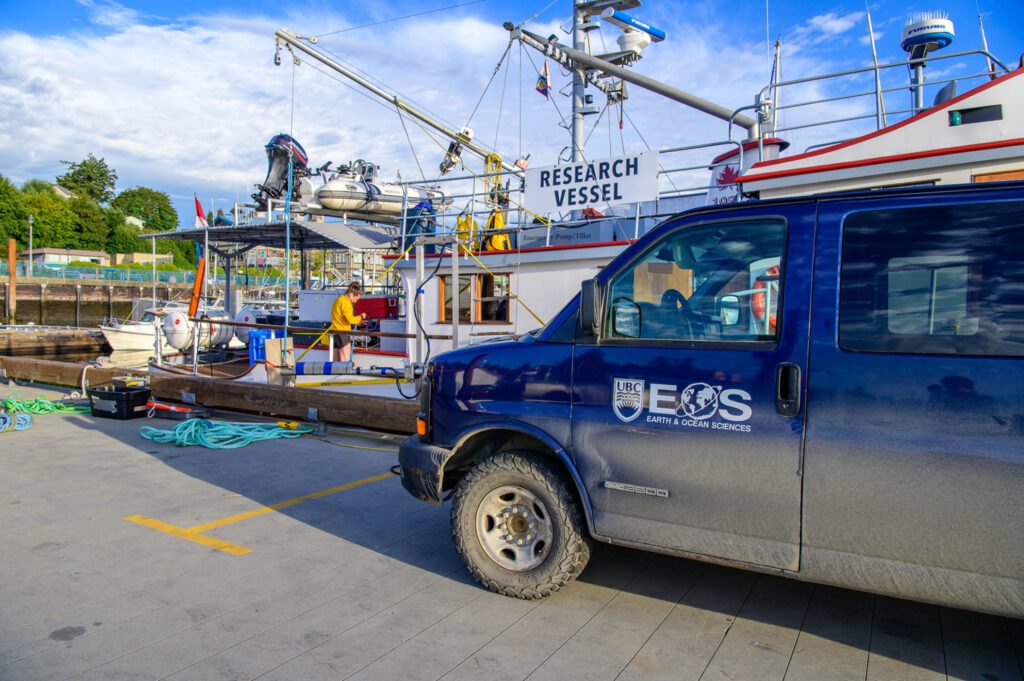
august19-f
-
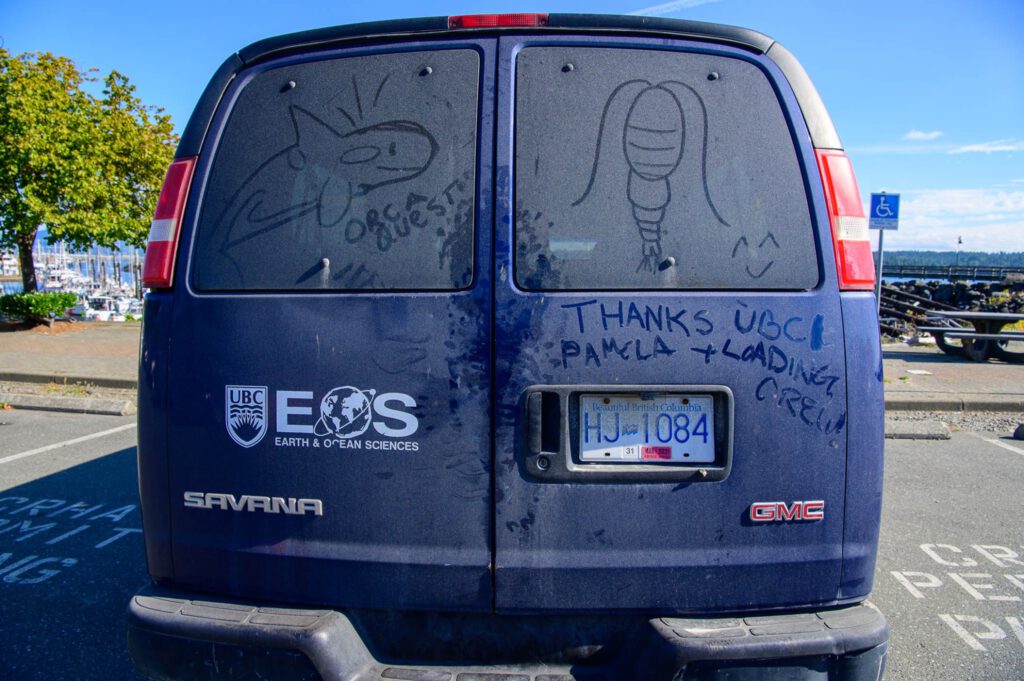
august19-g
August 21 – On our Way
Our voyage from Campbell River to Johnstone Strait was remarkably quiet. Unlike past years, there were no cruise ships, and very few vessels of any kind. It has been eerily quiet. We went for long stretches without seeing another human being. None of us has ever seen it like this. It feels like another time and era.
We did not encounter any killer whales, but did learn that they have been seen rubbing their bodies on the pebble beaches of Robson Bight in Johnstone Strait. It bodes well for our research.
-
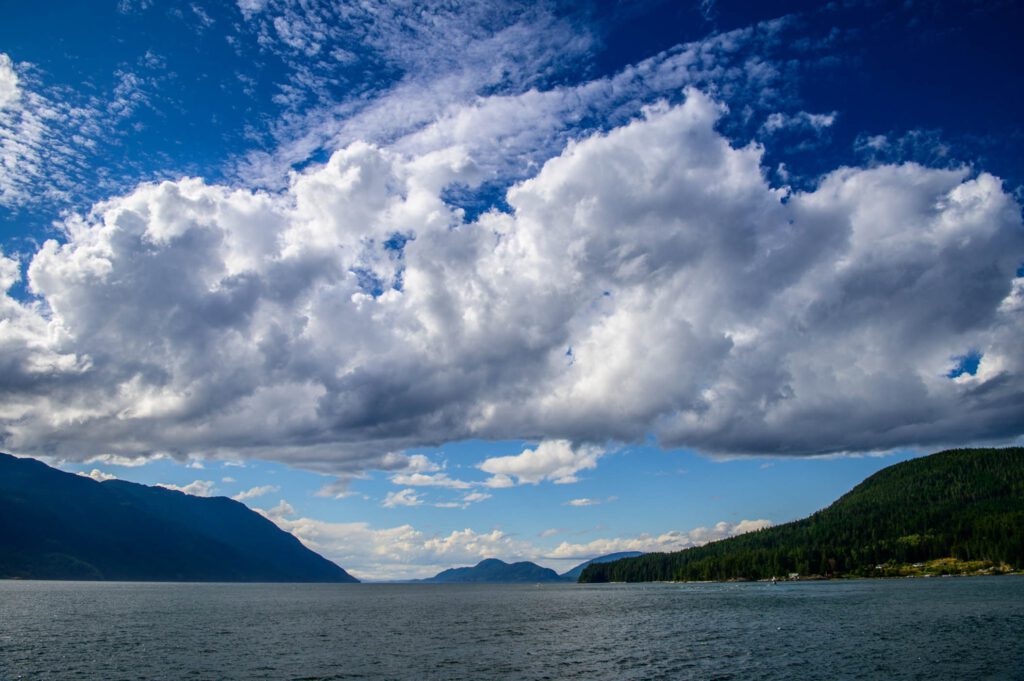
august21-b
-
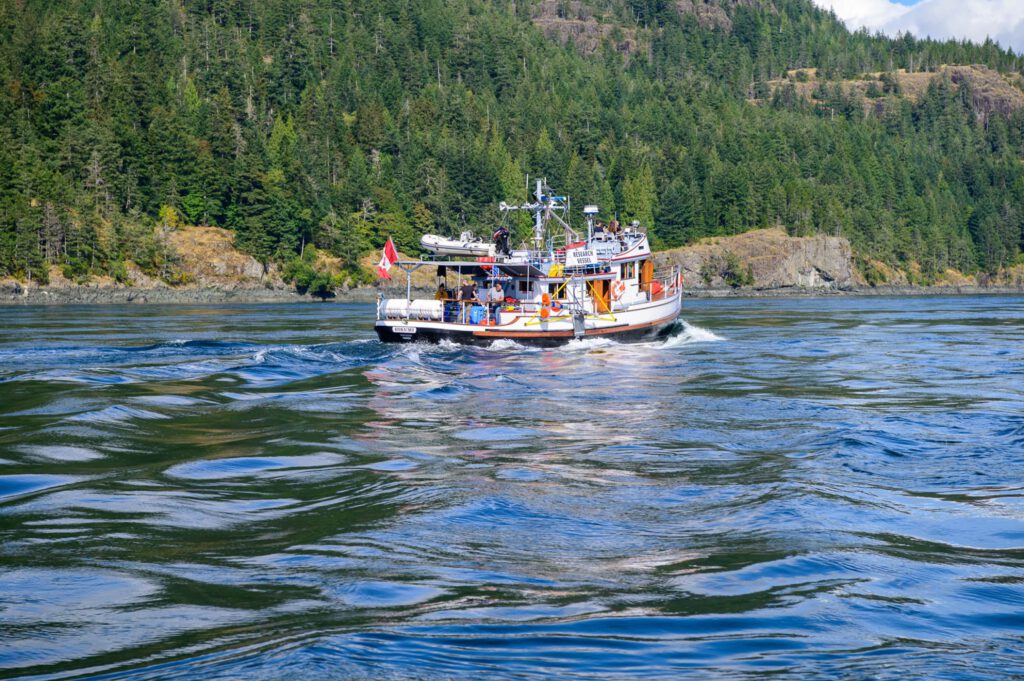
august21-c
-
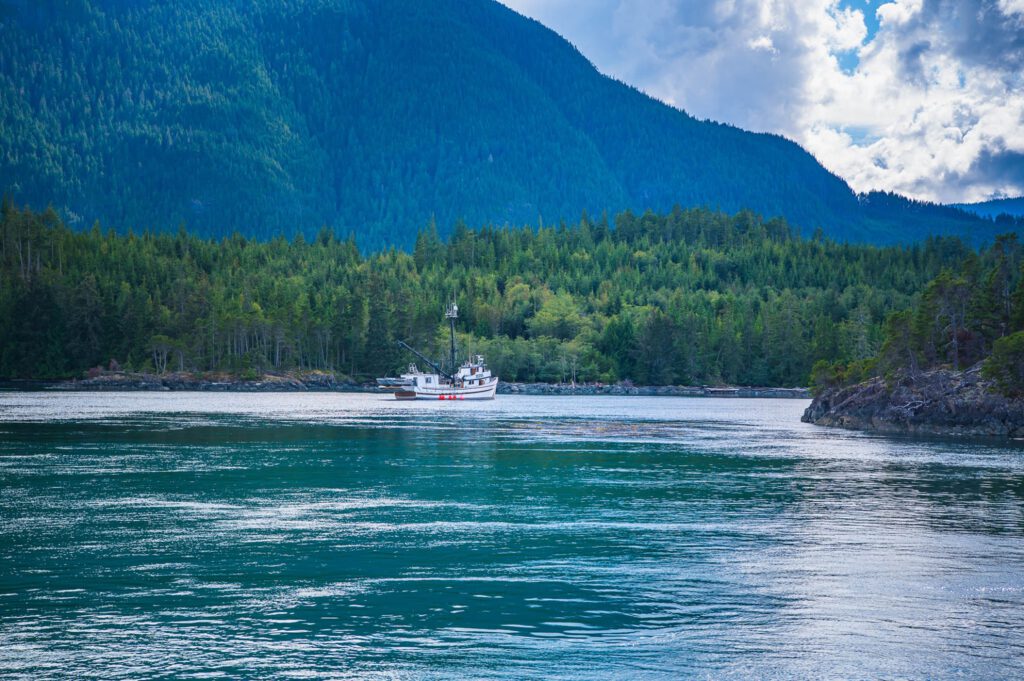
august21-d
August 22 – Finding Orcas
Our first day in the Johnstone Strait area was very successful, despite the challenging weather. We encountered a large number of whales and were able to measure the abundance and distribution of fish as they traveled and fed.
-
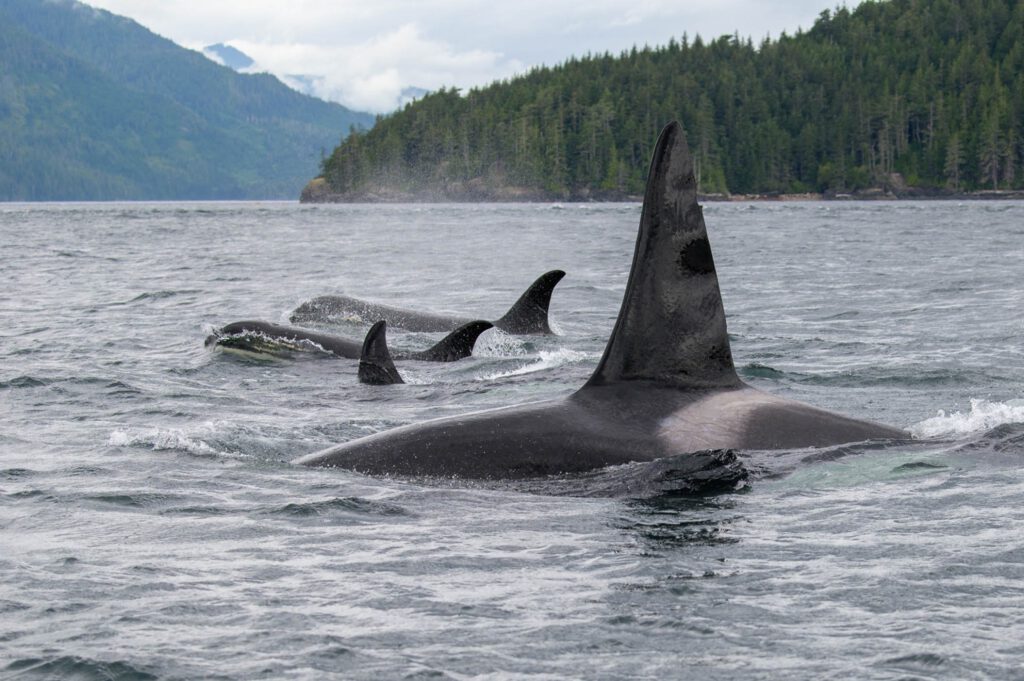
august22-b
-
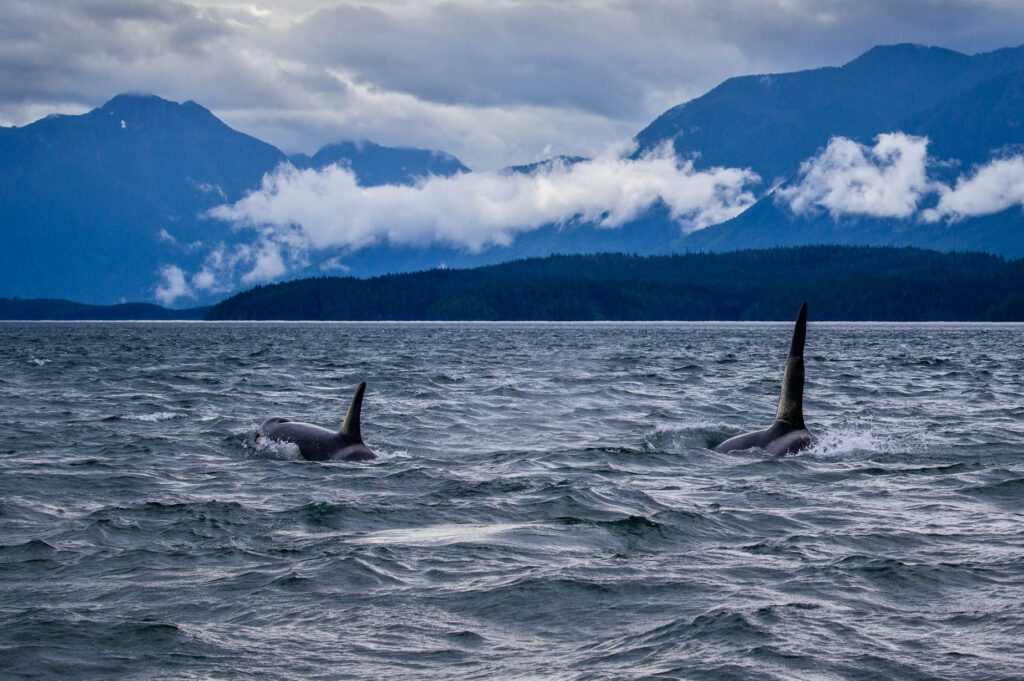
august22-c
-
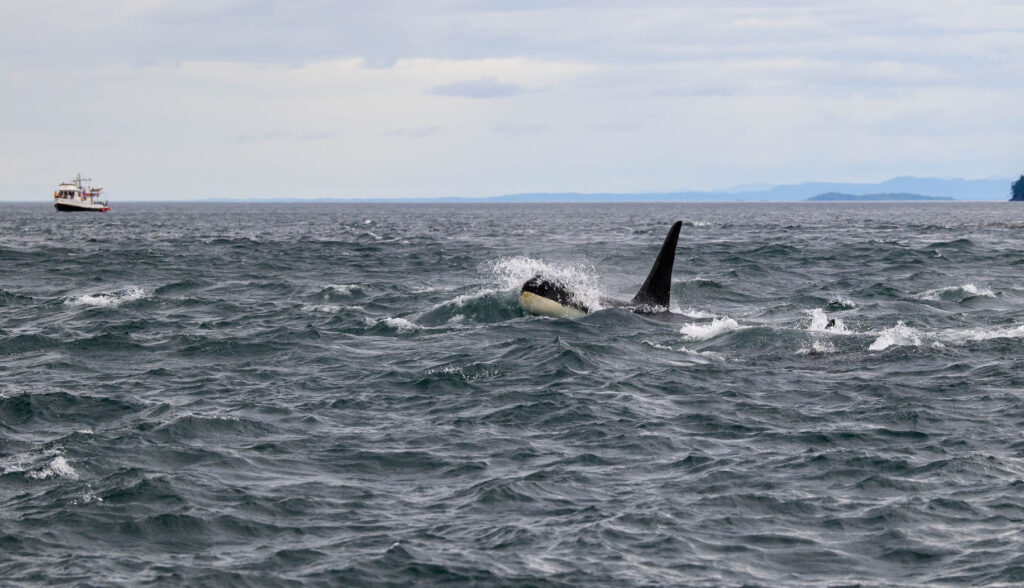
august22-d
-
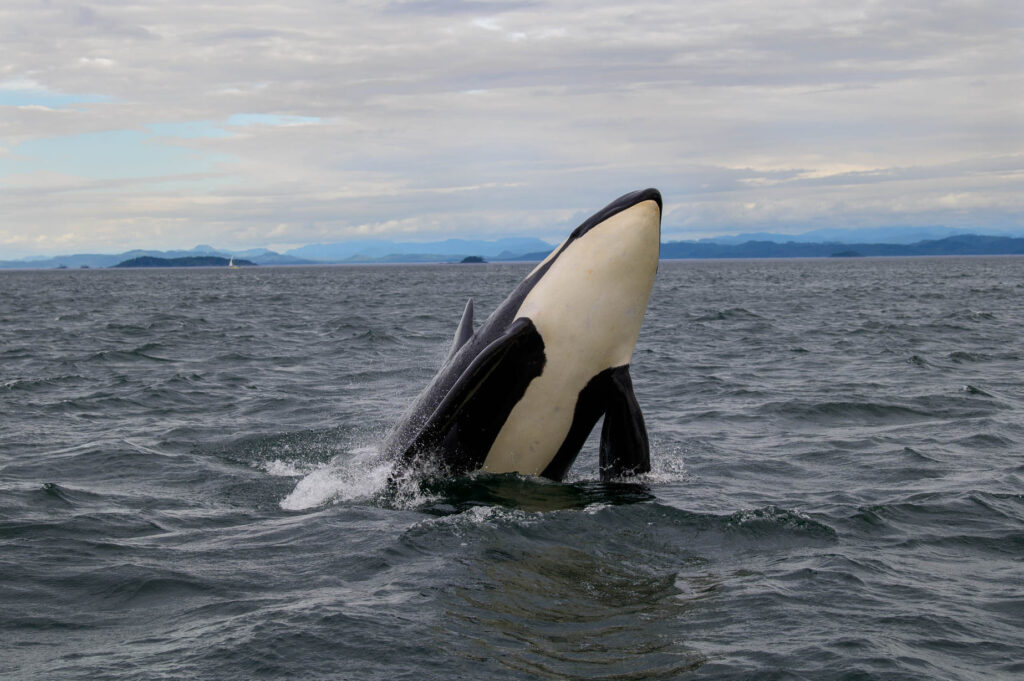
august22
August 23 – What is our Study About?
We are studying the two populations of resident killer whales that live in British Columbia. We are studying the two populations of resident killer whales that live in British Columbia. Both populations are fish eaters that have a strong preference for catching Chinook salmon. For the first two weeks we are focusing on studying the northern population of resident killer whales in the inside waters of northern Vancouver Island and along the central coast of British Columbia. This population is four times larger than the declining southern resident killer whale population—and is serving as our control population. We want to know why the northern resident killer whales have been doing so much better than their southern cousins.
-
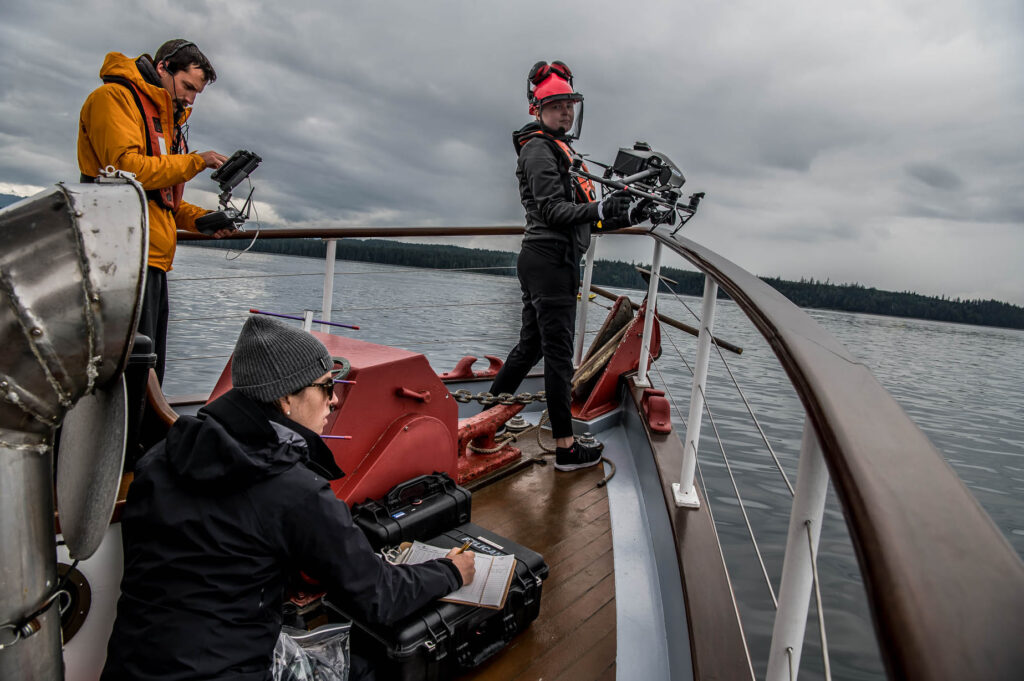
august23
-
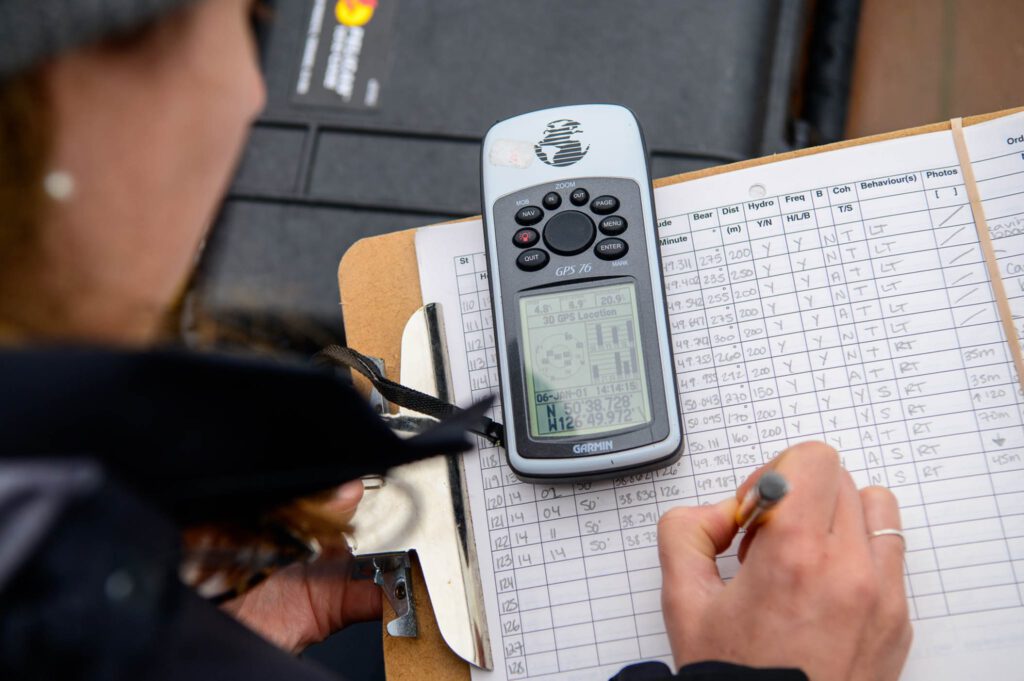
august23-b
August 24 – What Data are we Collecting?
We are placing a suction-cup CATs camera data logger (as shown in this picture) onto the backs of killer whales to continuously record their movements and behaviour. The data logger is like a cell phone. It comes with a high definition camera, satellite telemetry, tri-axial accelerometers, magnetometers, gyroscope, hydrophone and a time-depth recorder. All of this is packaged inside a lot of floatation needed to keep the data logger afloat until we can recover it (using radio and satellite signals) and download the data. The video and acoustic recordings are allowing us to see and hear what the whales are experiencing. When combined with the movement and dive data, drone footage, and fish data—we will estimate the frequency of prey sharing, and calculate how often they capture prey and how much they are eating.
August 27 – Looking at Data
For the past 3 days, we have been at the northern end of Vancouver Island with resident and transient killer whales, but no internet or cell phone coverage. However, we have sailed slightly south today towards Port Hardy within range of a tower, and all our phones are suddenly abuzz with downloading messages and notifications.
We recovered one of our camera tags yesterday about 20 miles out to sea, and saw some amazing video last evening showing the male resident killer whale foraging on its side along a sandy bottom. Something we did not expect to see.
Some of his dives were 9 – 12 minutes long, which is very long for a resident killer whale. We have a many hours of footage to review to determine what type of fish he was trying to catch.
-
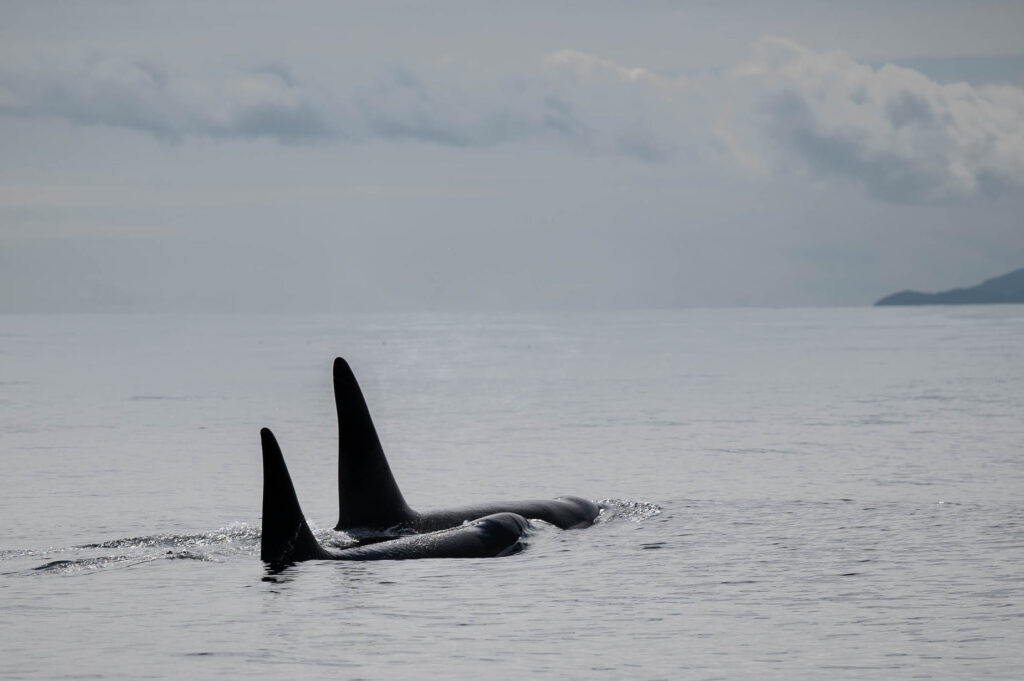
august27-b
-
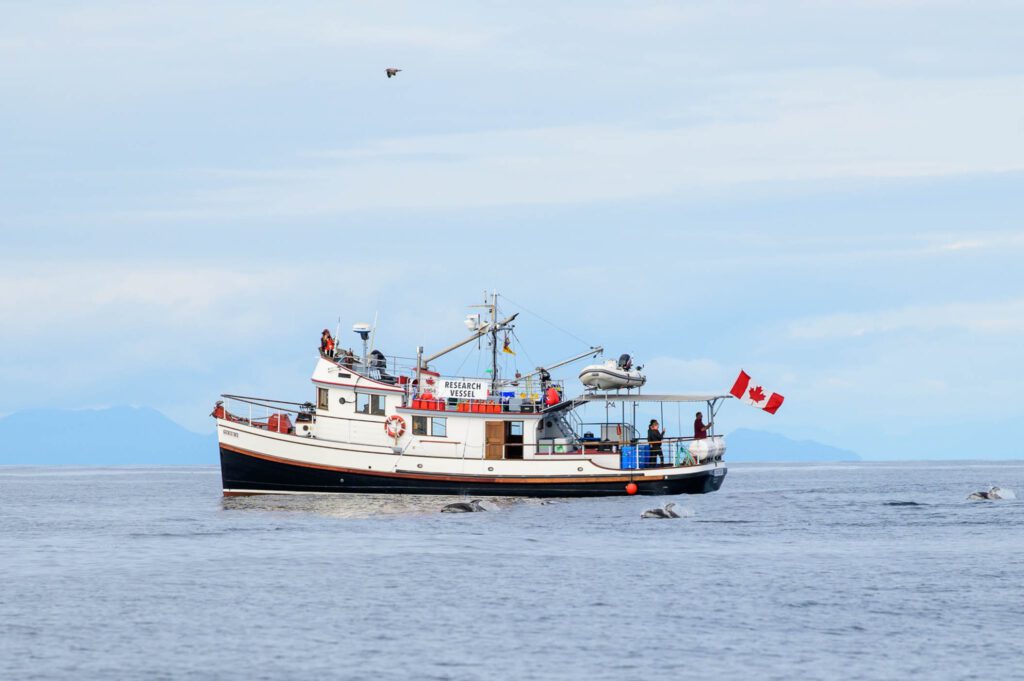
august27-c
-
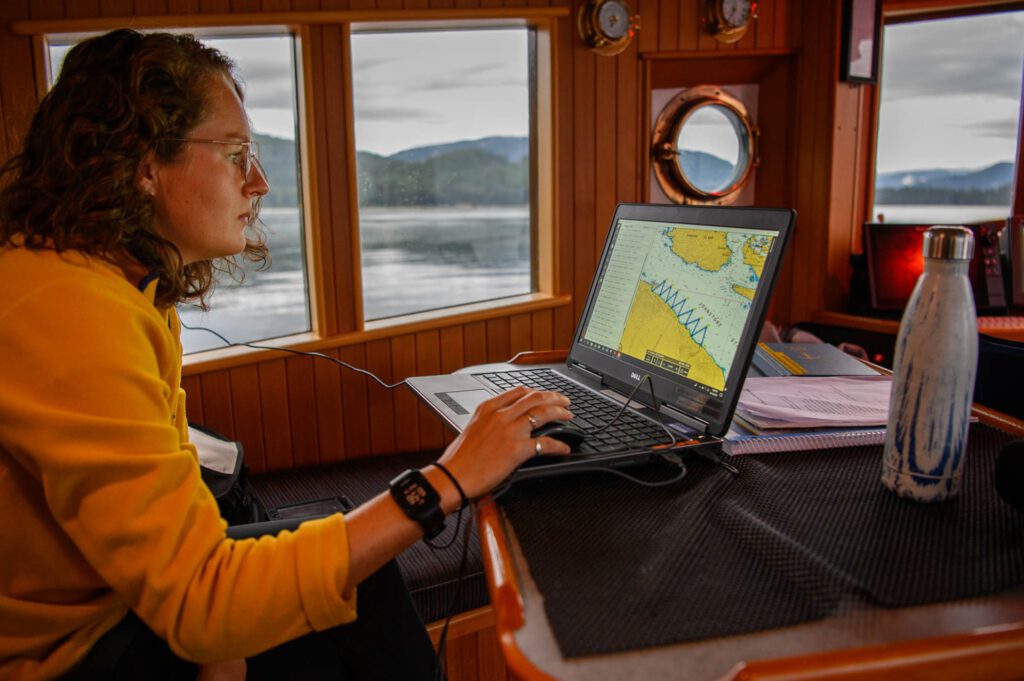
august27-d
-
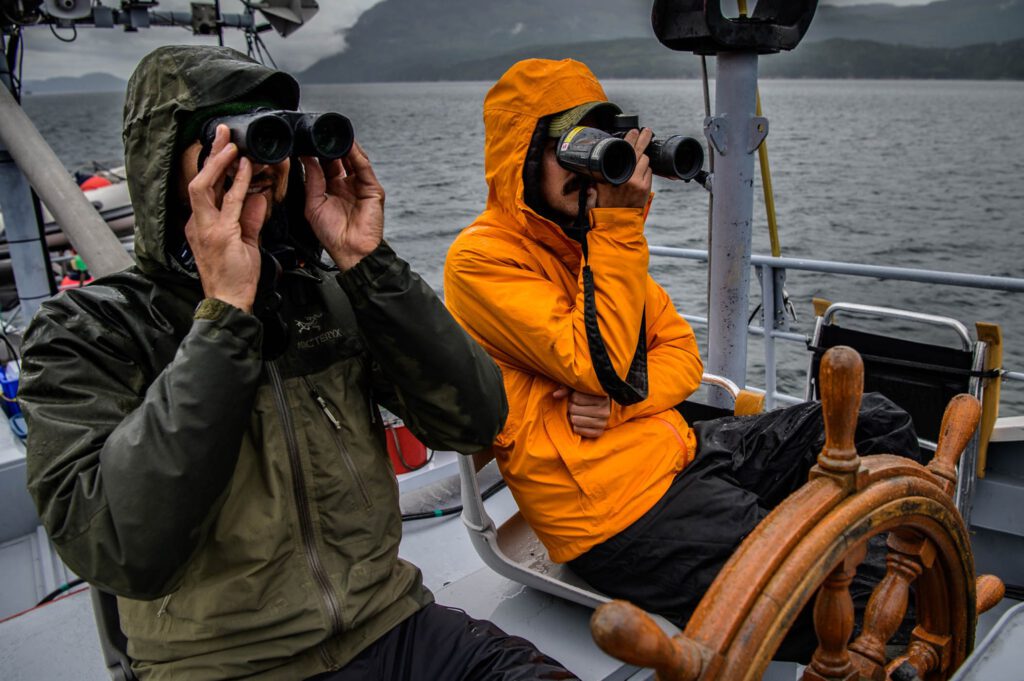
august27-e
-
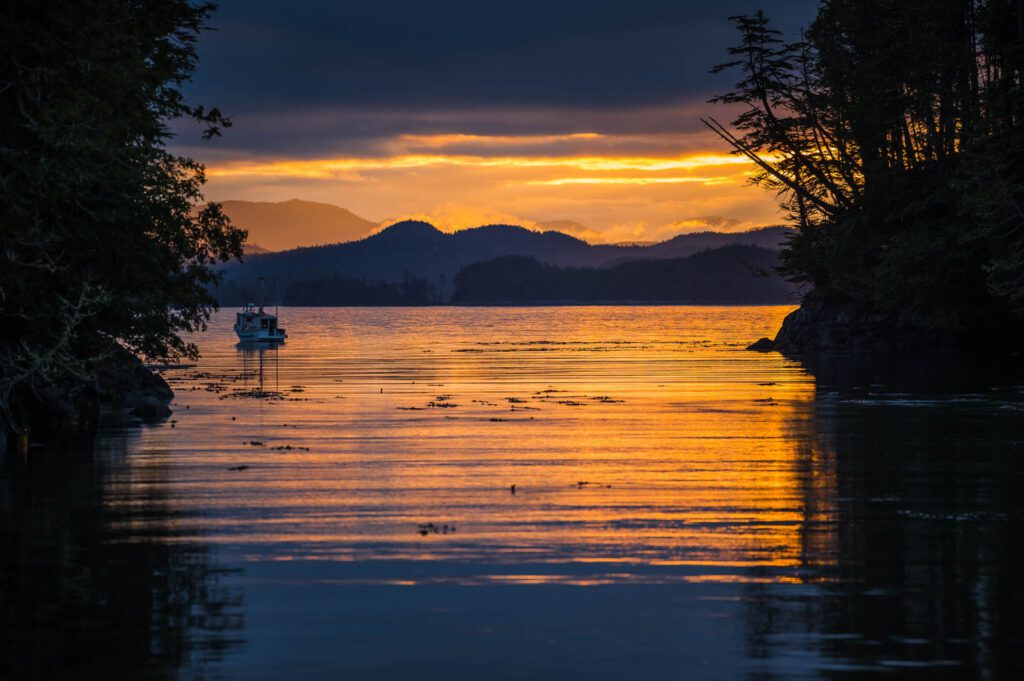
august27
August 28 – Deploying Data-Loggers
It takes a lot of skill and expertise to place a suction-cupped data-logger onto a killer whale.
The most difficult part of tagging a whale is piloting the vessel into the proper position next to the whales. Fortunately, we have a skipper with years of whale-watching experience to safely navigate near them. He starts each approach by analysing the behaviour of the whales to establish their swimming speed and heading. He will then parallel them and gently slide towards an individual until we are at just the right distance. Any harassment or sudden movements on our part, would cause the whale to avoid us. They are very aware of our presence and behaviour —- they just don’t know our intent.
Polarized sunglasses helps the tagger standing in the pulpit at the front of the Steller Quest to see the whales underwater. As he senses that the whale is coming to the surface to breathe, he will lower a very long pole (25.5 ft, ~8 m) and place the tag near the dorsal fin.
Read More-
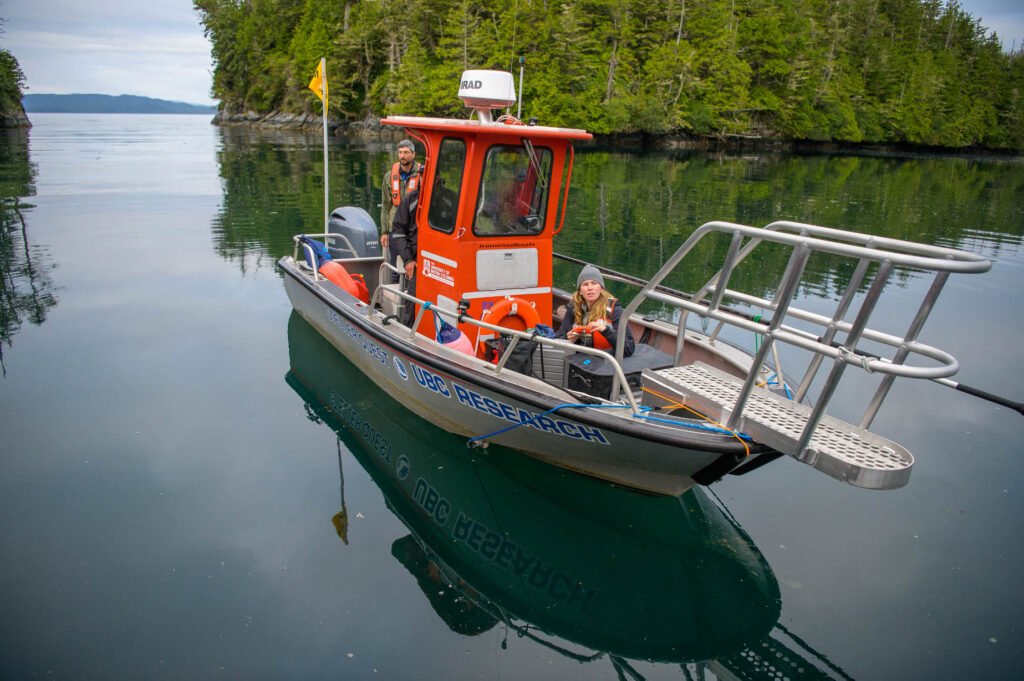
august28-b
-
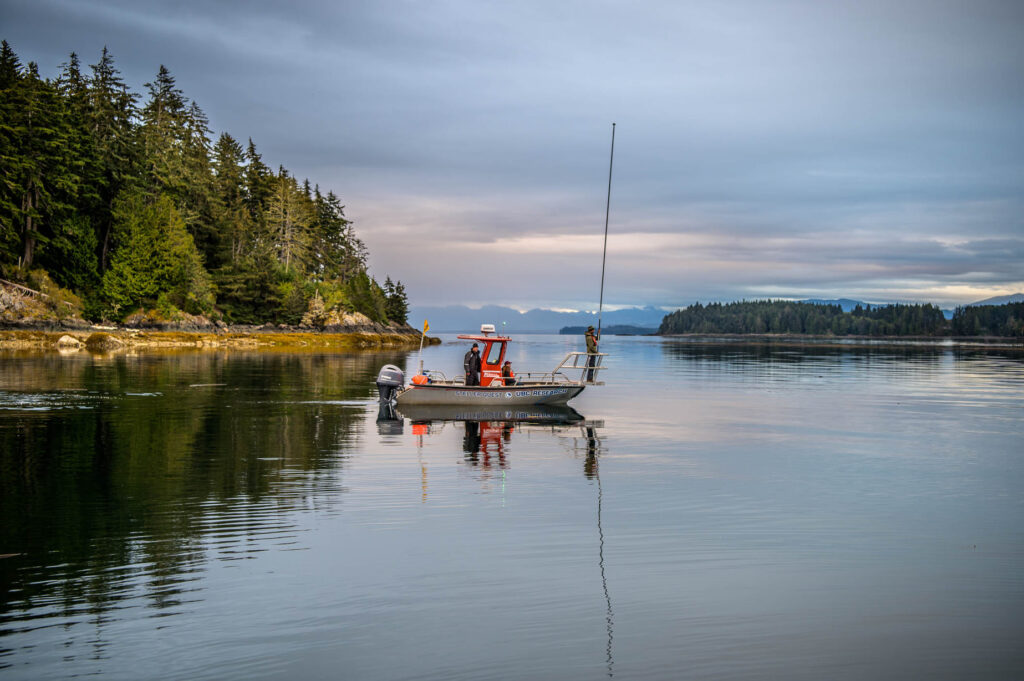
august28-c
-
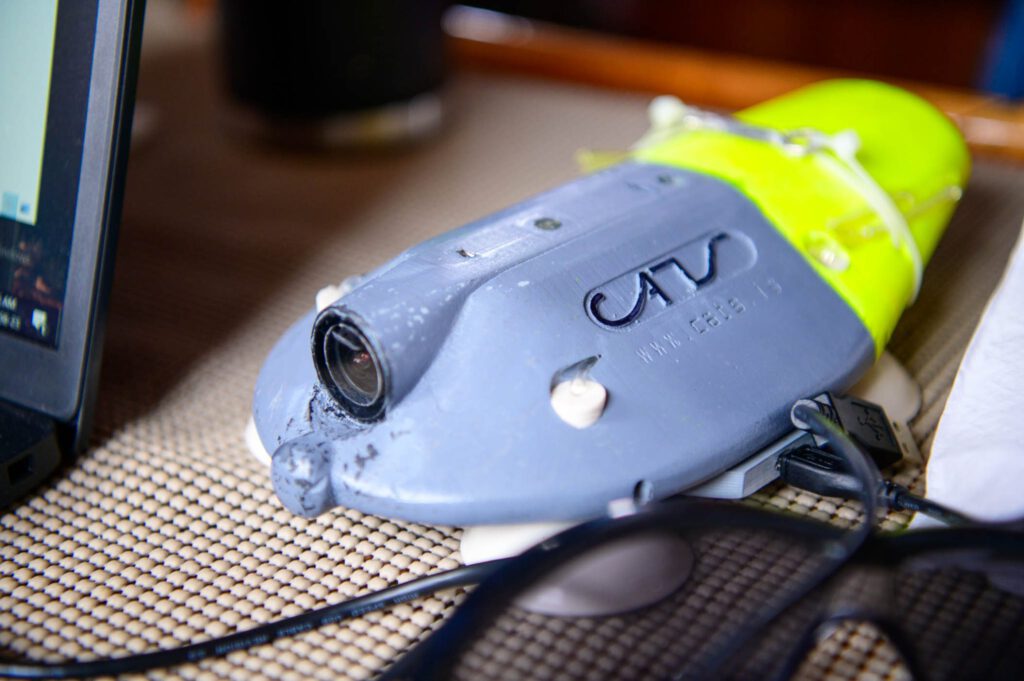
august28-d
-
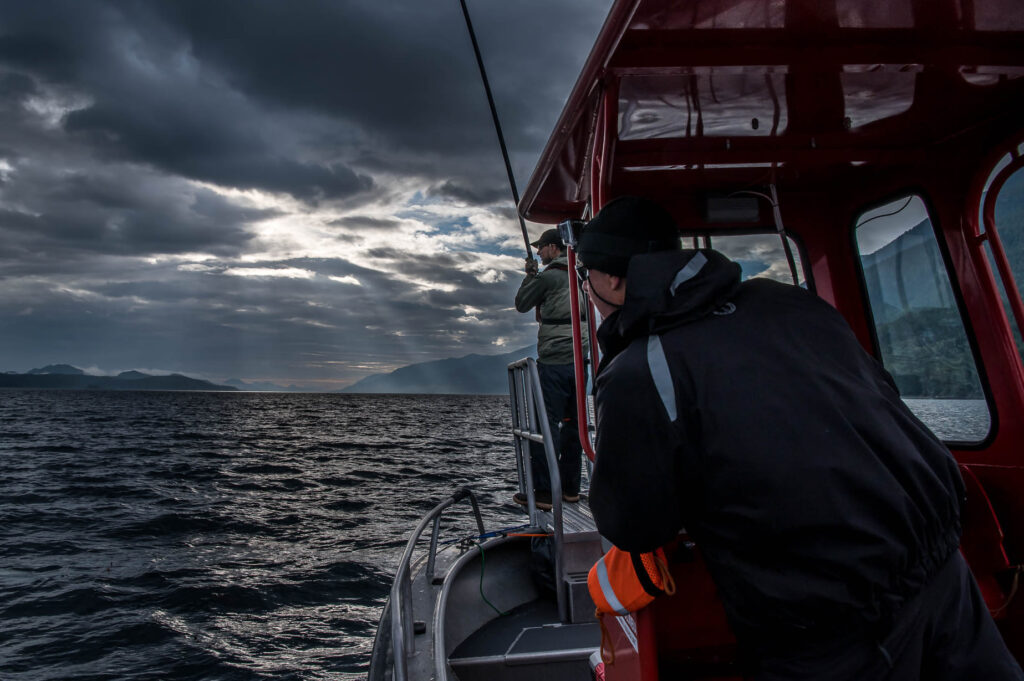
august28
August 29 – Retrieving the Data
The corrosive links keeping the tag from releasing are designed to corrode in 5, 7 or 20 hours (depending on which link we use). Once corroded by the salt water, the broken link releases four pinched tubes that allow air to enter under the suction cups. The tag then floats free to the surface from the killer whale, and sends a radio signal to help us find it.
Read More-
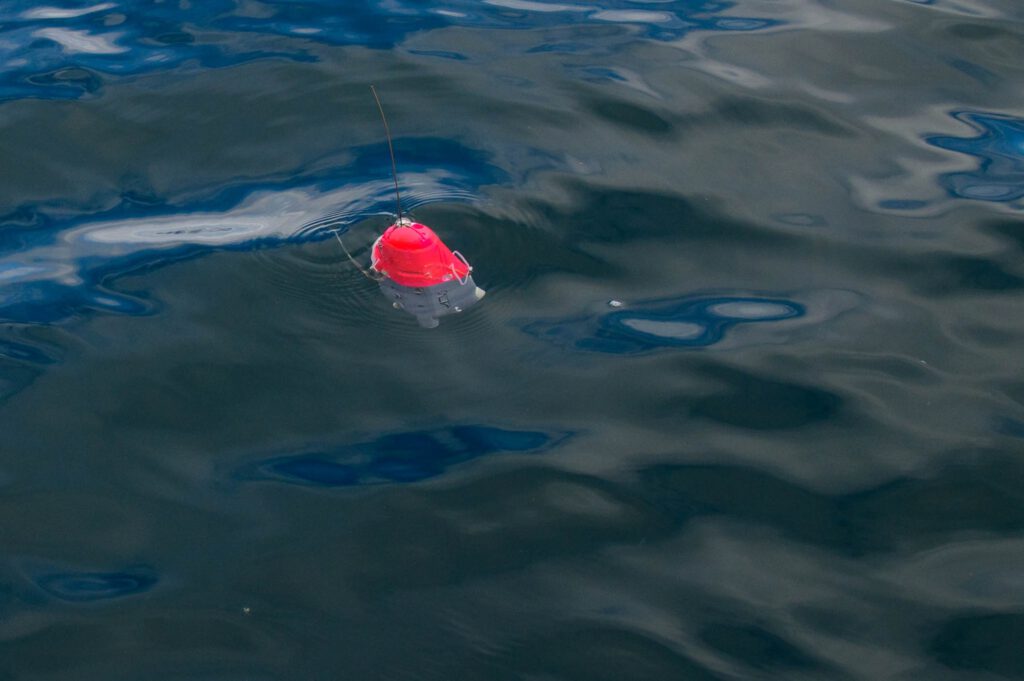
august29-b
-
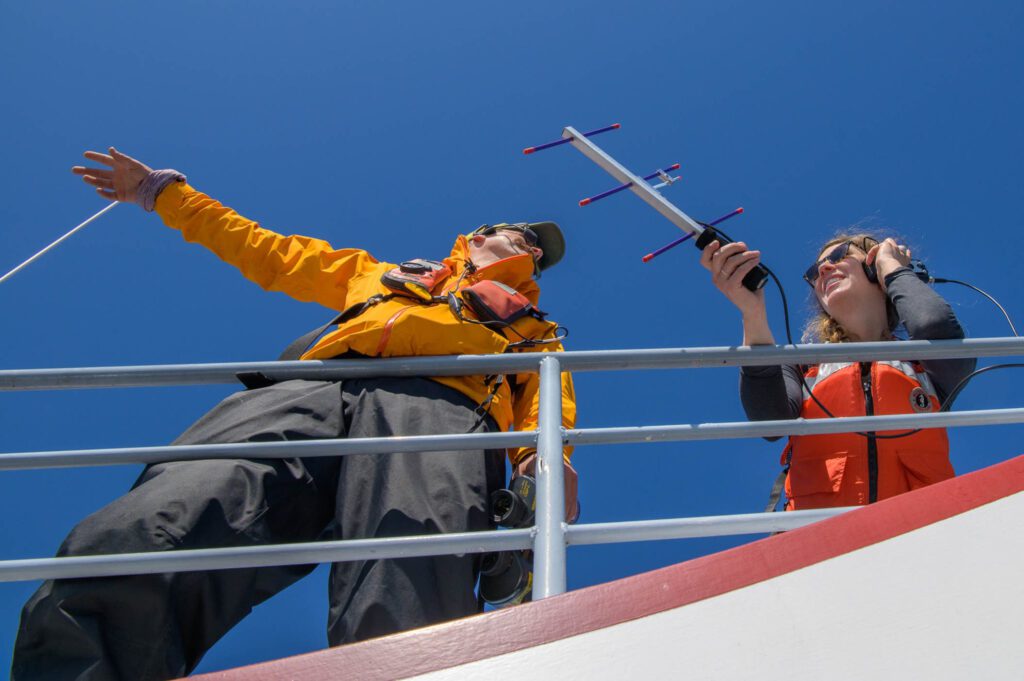
august29-c
-
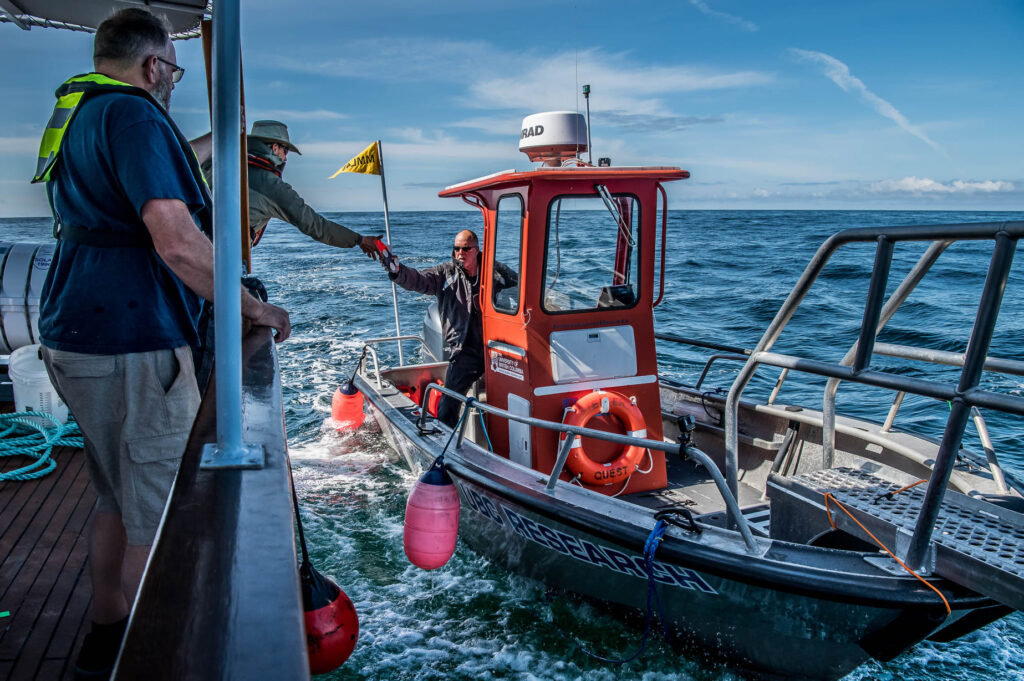
august29-d
-
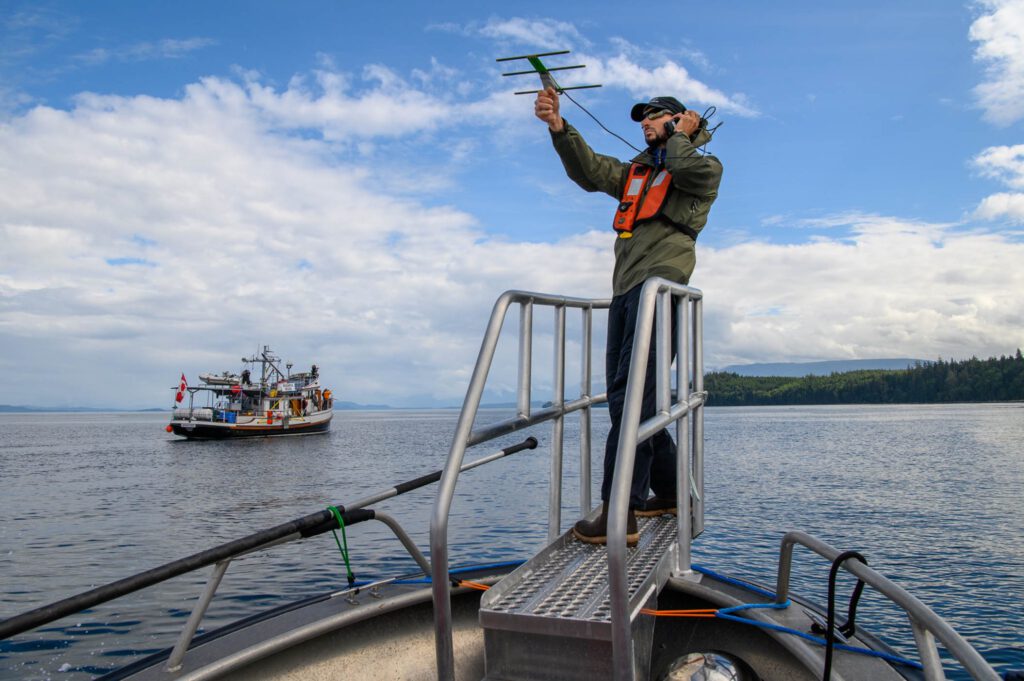
august29
August 21 – Northern Resident Killer Whales
There are a lot of northern resident killer whales. Over 300. They range from Vancouver Island to Southeast Alaska, and belong to three clans (known as the A, G and R clans) that can be separated by their different dialects.
To date, we have seen members of all three clans, and had our biggest encounter two days ago with members of the R clan. It was an impressive sight, seeing so many whales swimming together.
-
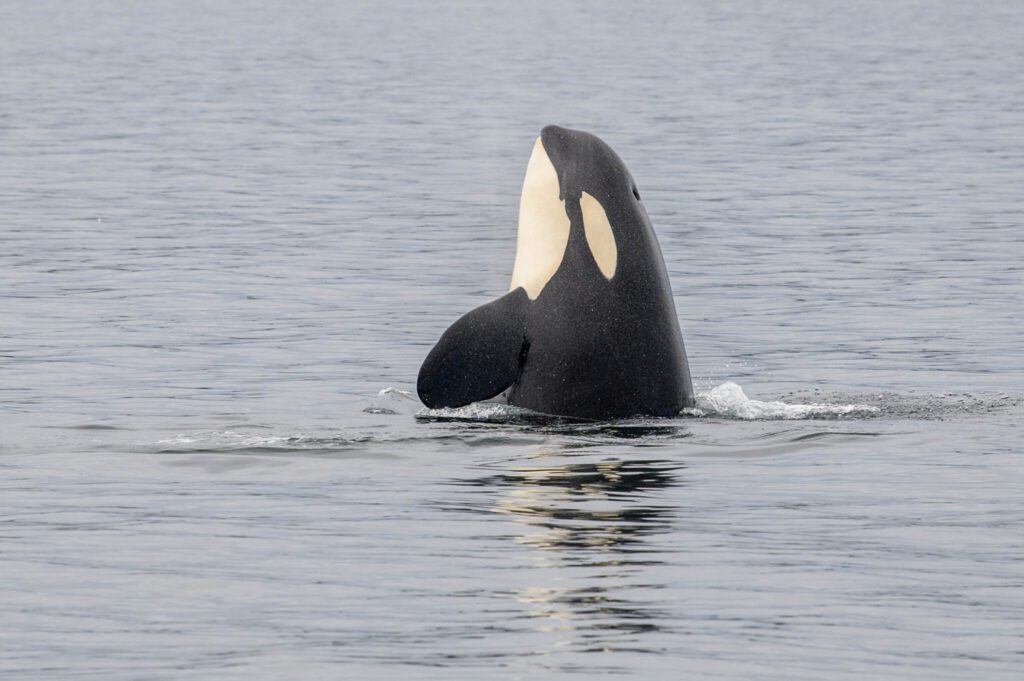
august30-b
-
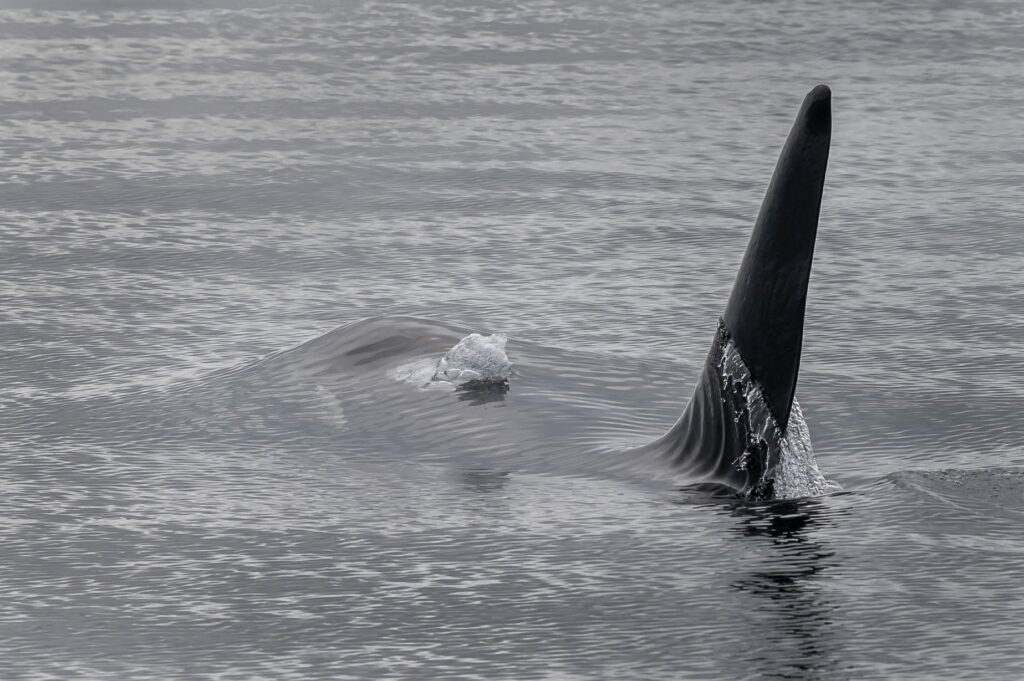
august30-c
-
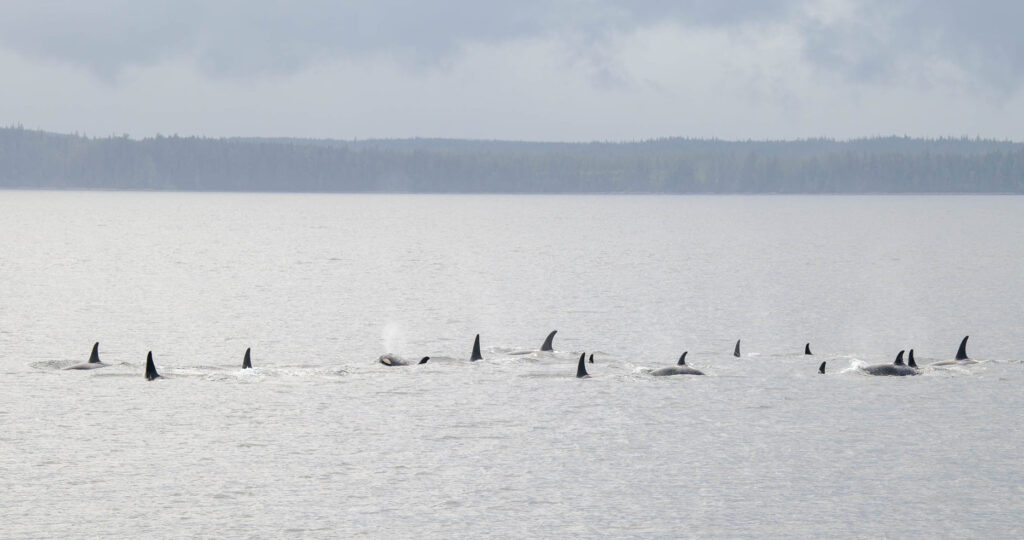
august30-d
-
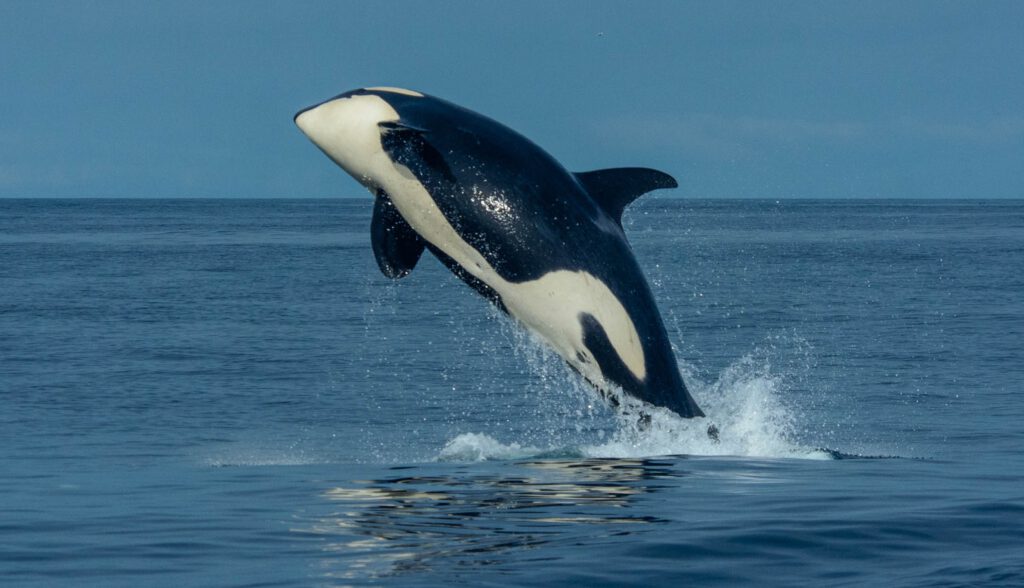
august30
August 31 – Downloading Data
One of the first things we do after recovering our suction-cupped data logger is huddle around a laptop in the boat’s galley as the data are downloaded to see and hear what the whale we followed experienced. The biologger records movements and dive depths. It also records the whales calling to each other, and films them capturing fish and interacting with each other.
Read More
September 1 – Fishing Gear Hooked to A100
Here are some screen grabs from the video and some overhead photos we used to identify the gear and estimate where the hook is caught on A100.
-
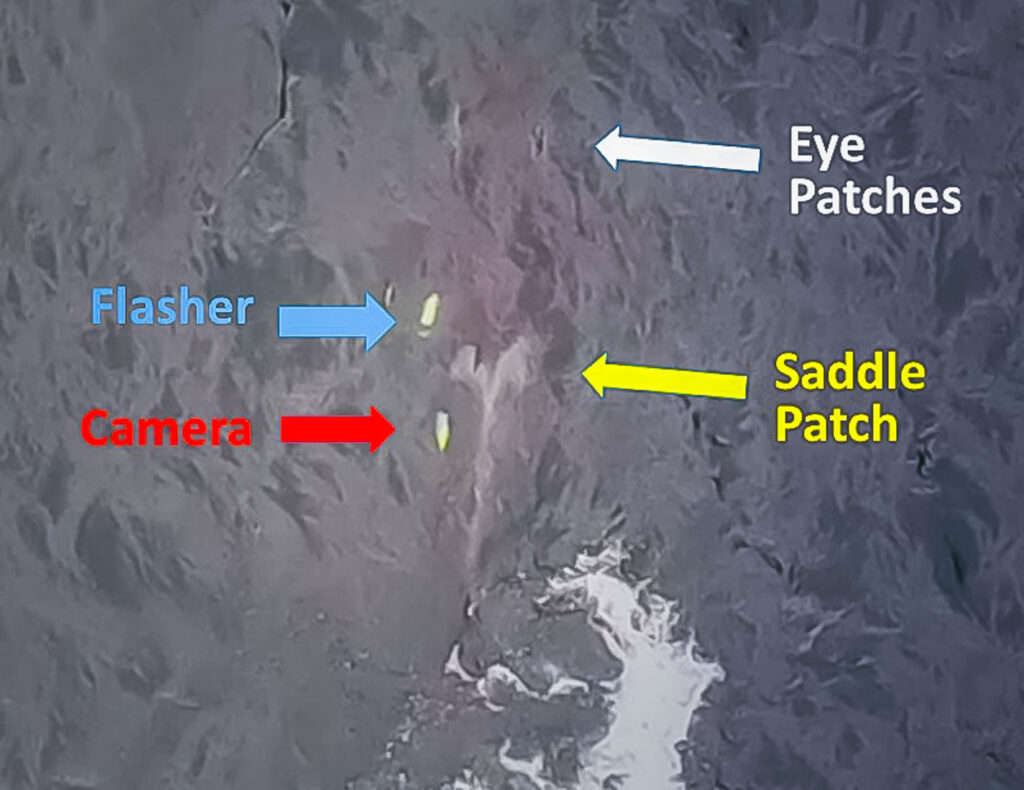
sept1-b
-
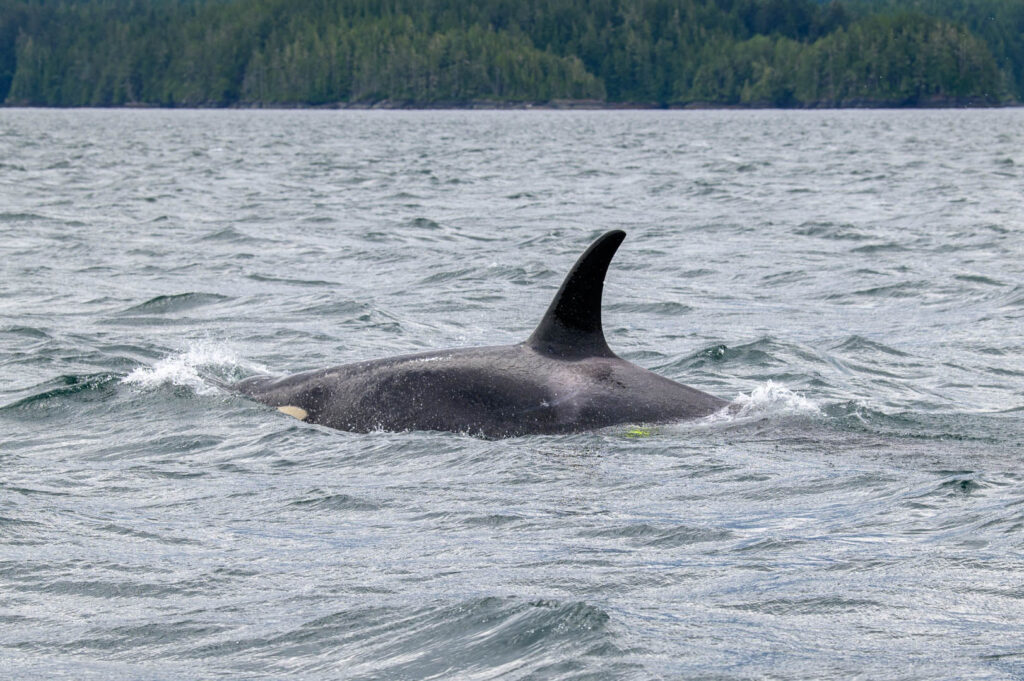
sept1-d
-
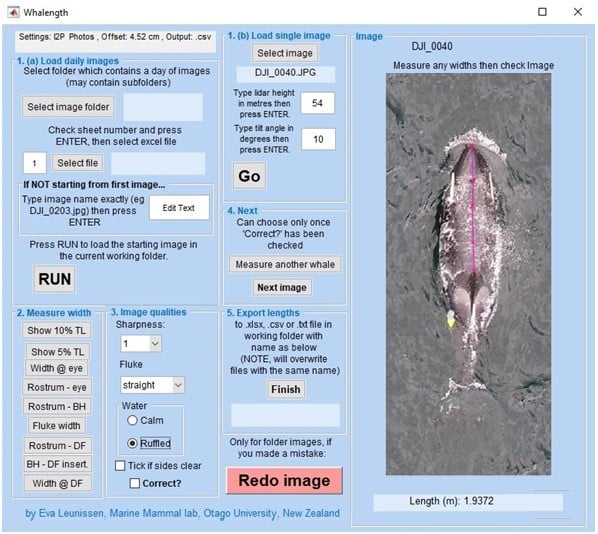
sept1-c
-
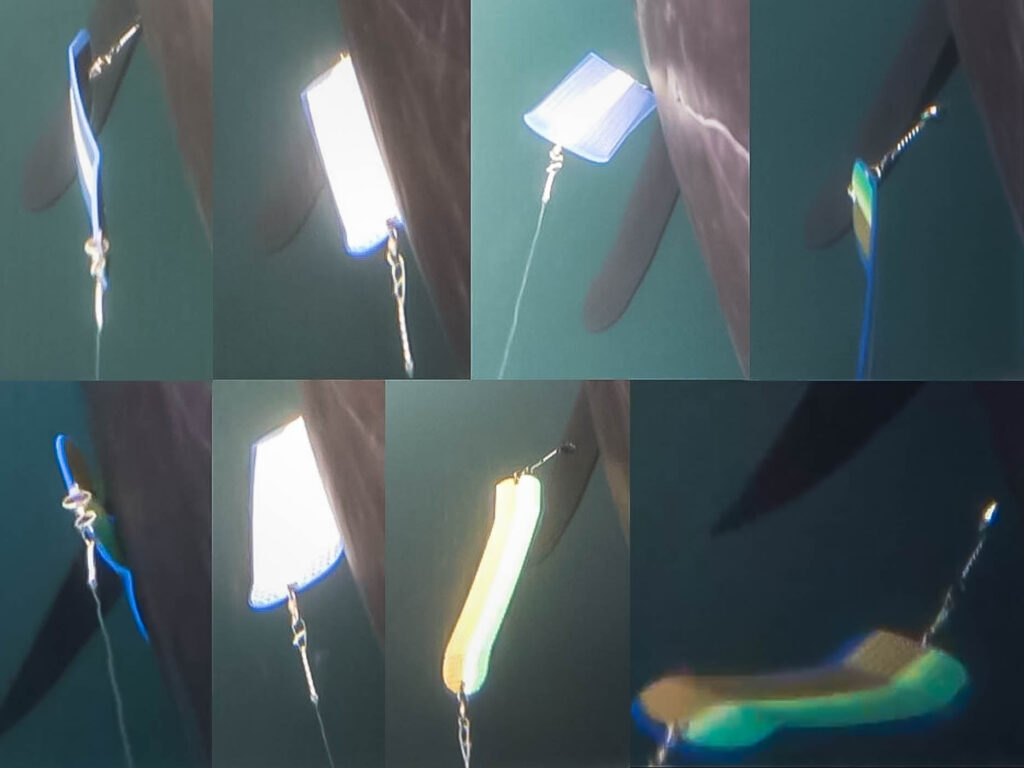
sept1
September 1 – Drone Footage of C1 & D1 Pods
Yesterday, we spent the day observing the C1 and D1 pods (members of the A clan) hunting alone or in small groups for fish. They later all came together to rest and travel slowly to their next foraging location. This is what we saw from the air.
September 2 – Unexpected At-Sea Drama
“It was gnarly out there” is how our water taxi driver described the offshore ocean conditions when he returned to Telegraph Cove last evening. There was wind and 2-3 m high swells — and a lot of uncertainty about whether our search and rescue mission would be successful given the few hours of daylight remaining.
Read More-
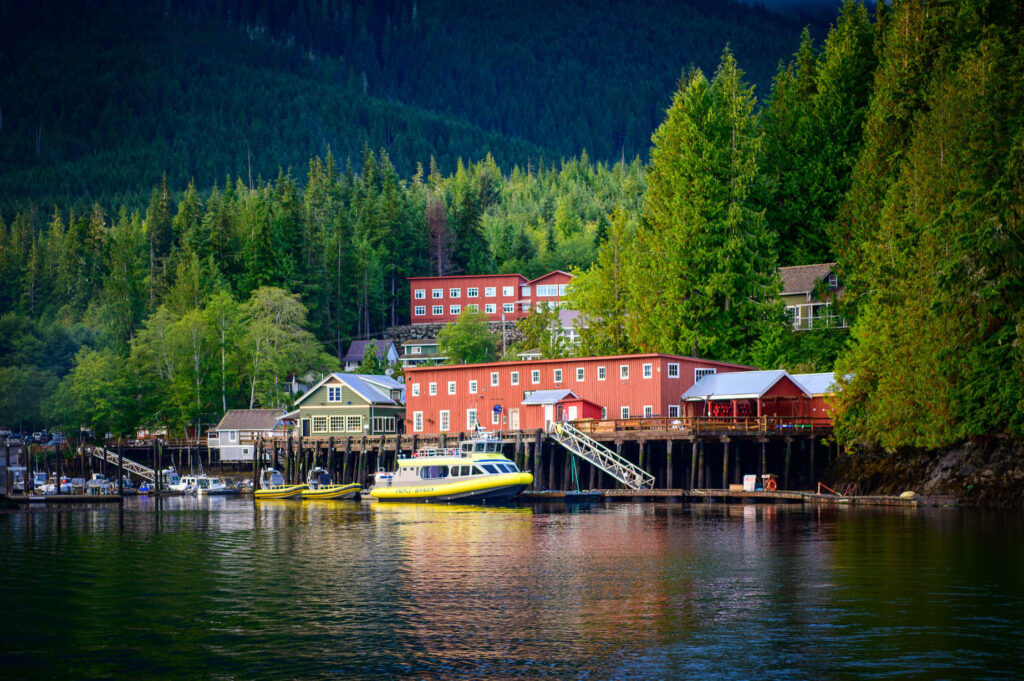
sept2-b
-
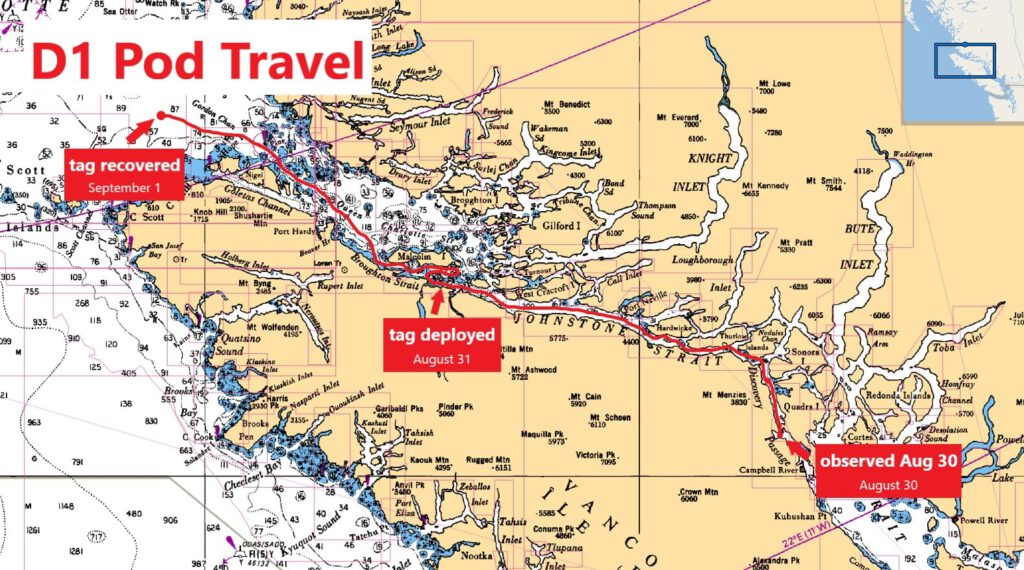
sept2
-
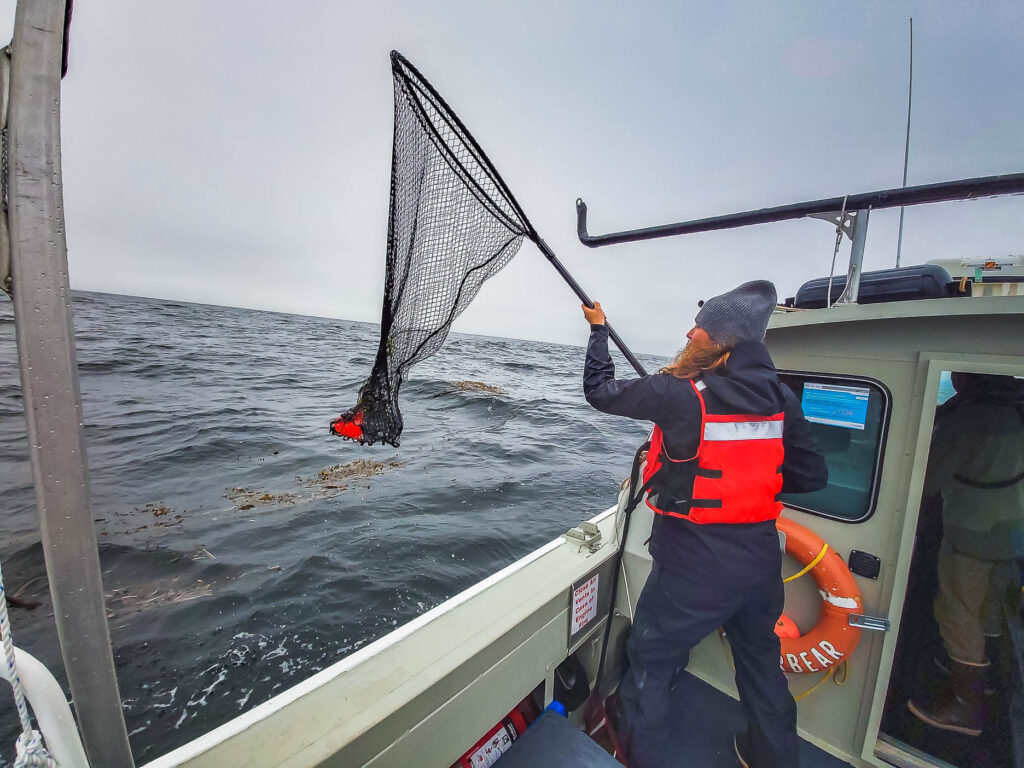
sept2-c
-
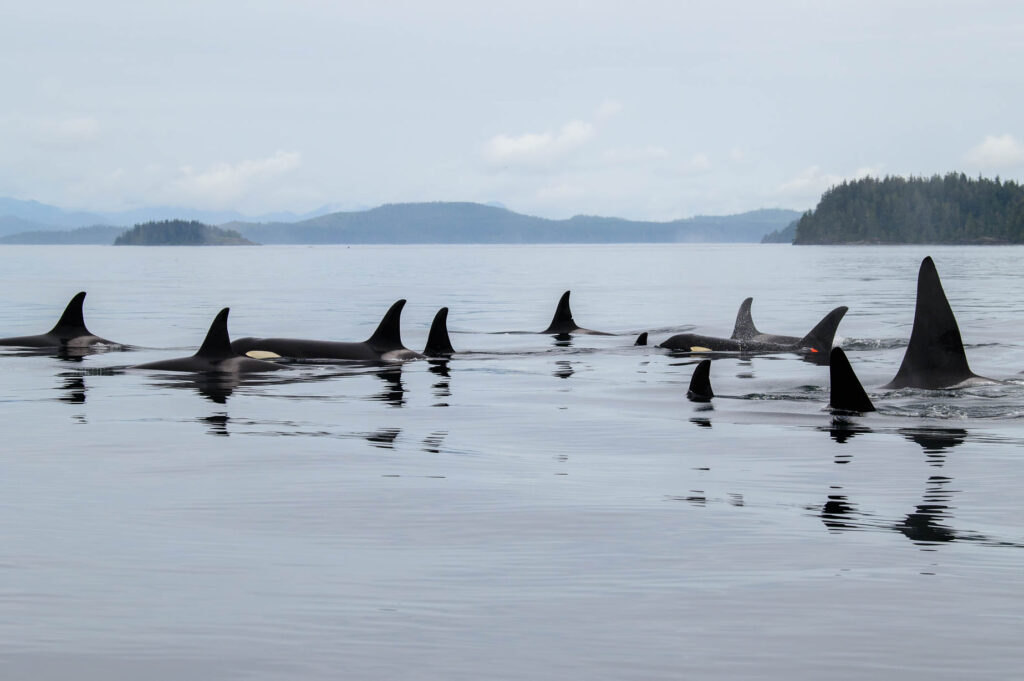
sept2-d
-
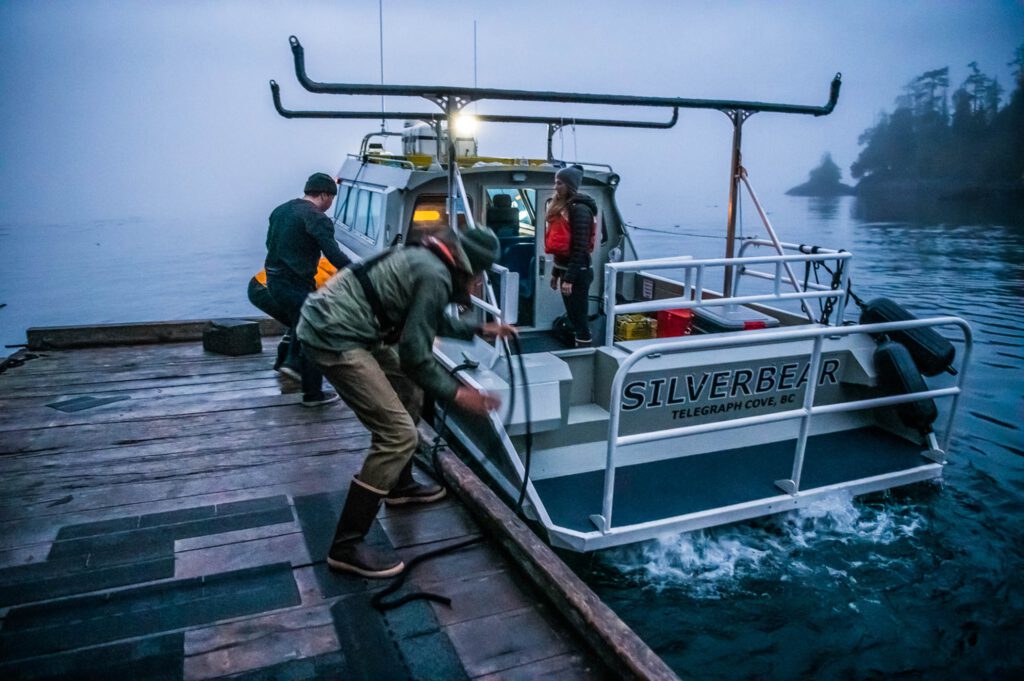
sept2-e
-
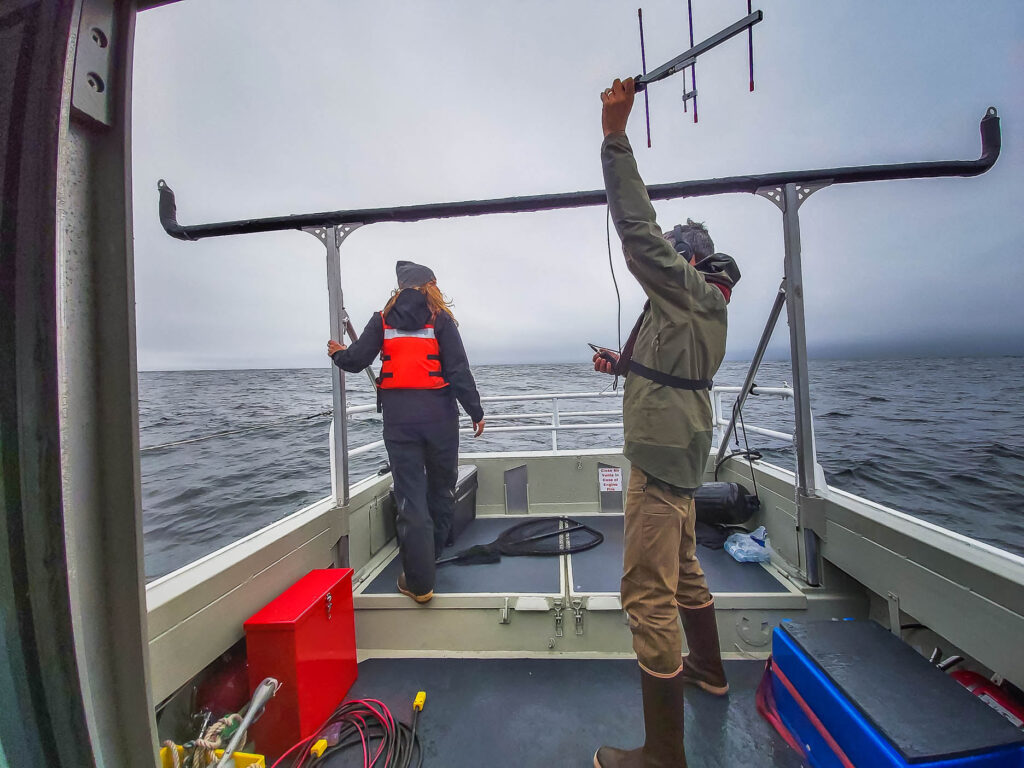
sept2-f
September 3 – Seeing What the Whales See
Enjoy your ride as you travel with the D1 pod. This video was taken by D26 from its orca-cam. Each frame of the video has corresponding data on depth, speed, vocalizations and 3D-movement.
Read More
September 5 – Pacific White-Sided Dolphins
We have seen many Pacific white-sided dolphins charging in all directions at high speeds. Sometimes they race towards us to bow-ride our research boats, — and at other times they race towards the killer whales to ride in front and alongside them. Whatever their goal is, they sure seem to have a lot of fun.
-
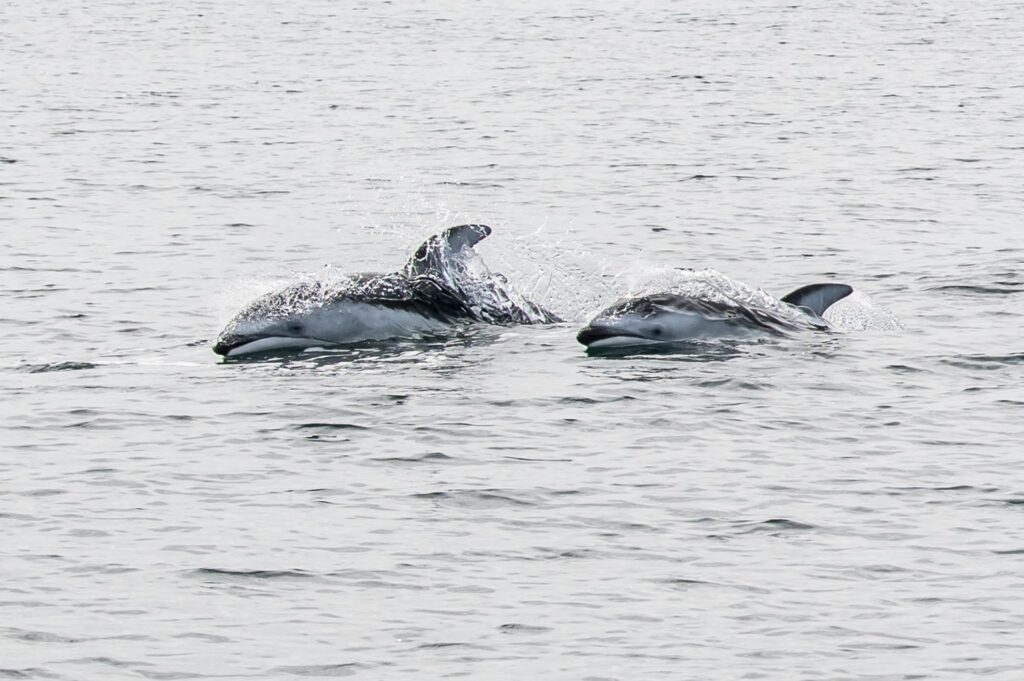
sept5-d
-
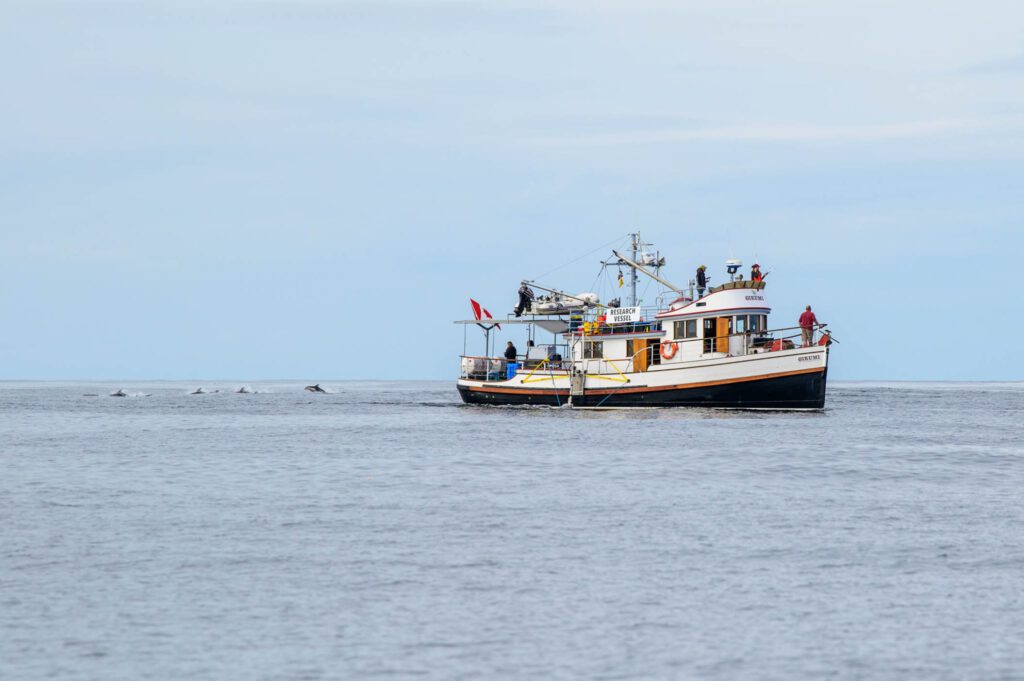
sept5-e
-
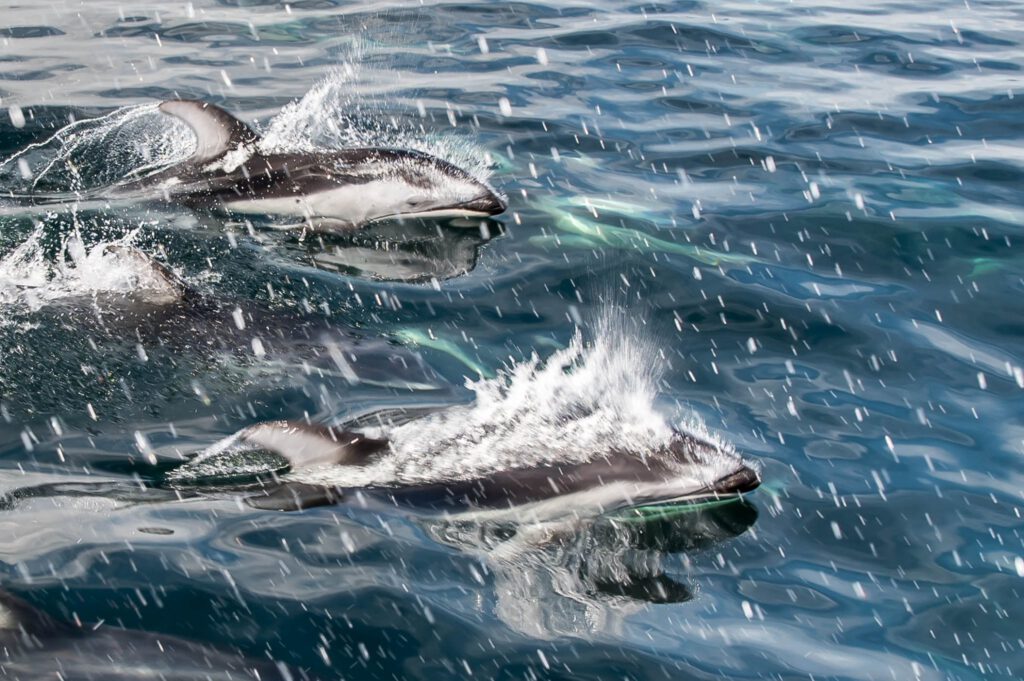
sept5
September 5 – Dolphins, Porpoise & Orca from the Air
In addition to seeing the dolphins and killer whales together, we have also seen Dall’s porpoise joining the action as captured in this drone footage. See if you can count the number of killer whales, white-sided dolphins and Dall’s porpoise — and let us know your tallies.
September 7 – Dolphins & Orca Underwater
We often see Pacific white-sided dolphins and resident killer whales interacting. However, this is the first time anyone has seen this from the whale’s perspective.
September 9 – Onto the Salish Sea
We are in the Salish Sea after a long journey from the north. All of us aboard the Gikumi are feeling warmer, drier, and excited to continue our research in UBC’s backyard!
-
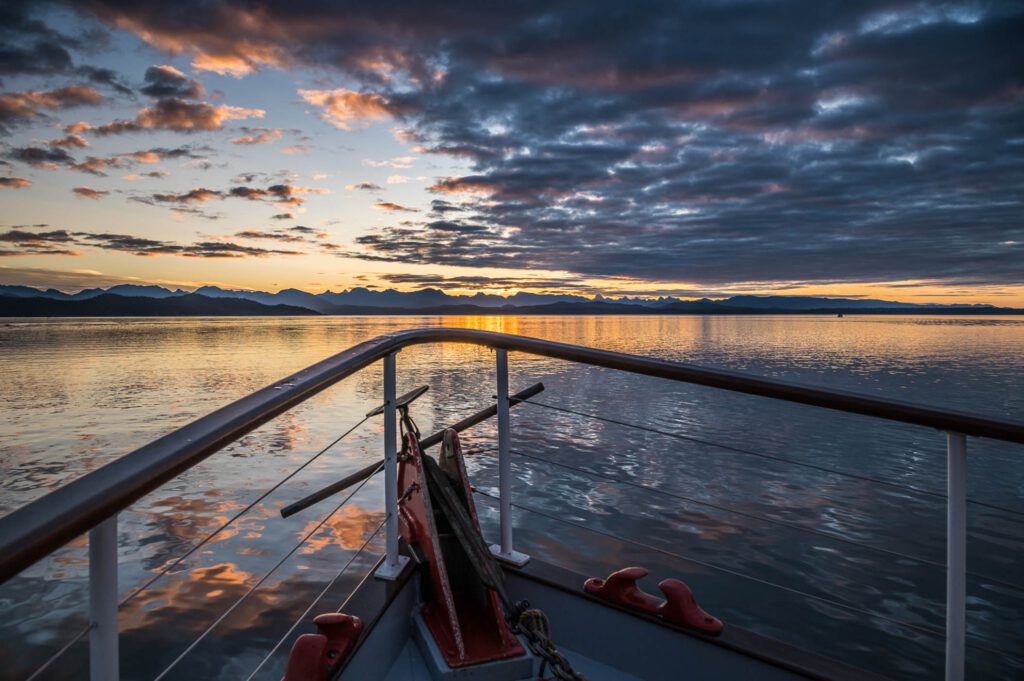
sept9
September 10 – Seeing with Sound!?
The depths of the ocean are dark and silty. It’s hard to see anything. Killer whales use echolocation to locate their prey, but how can we see what fish are in the area?
Read More-
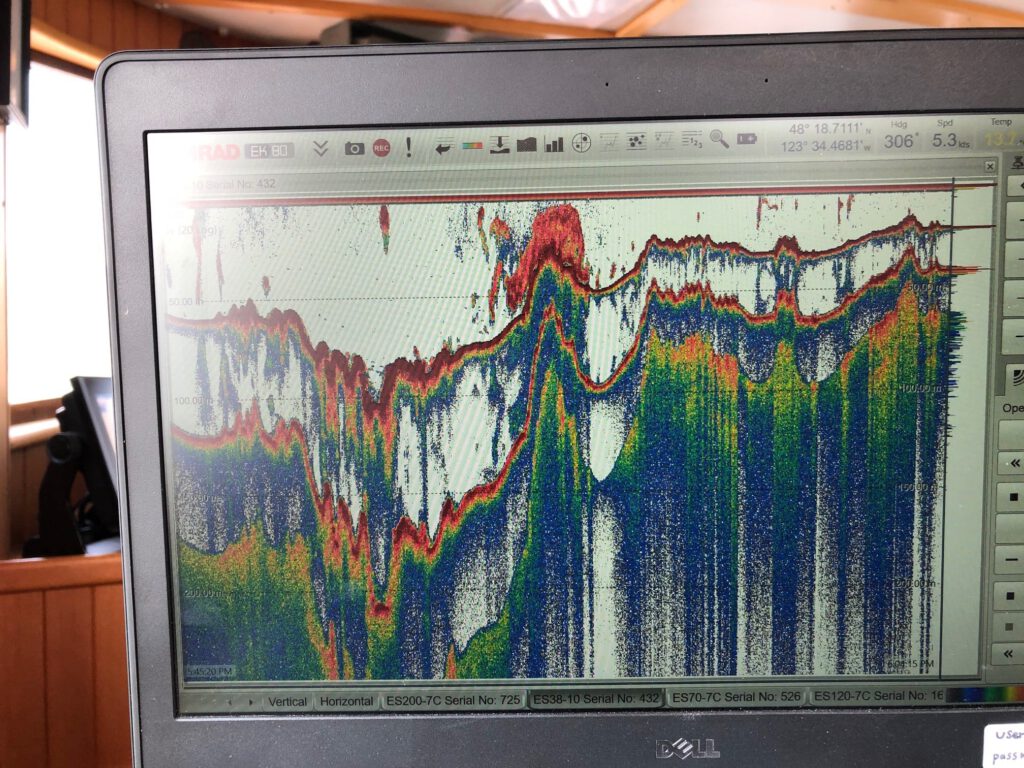
sept10-b
-
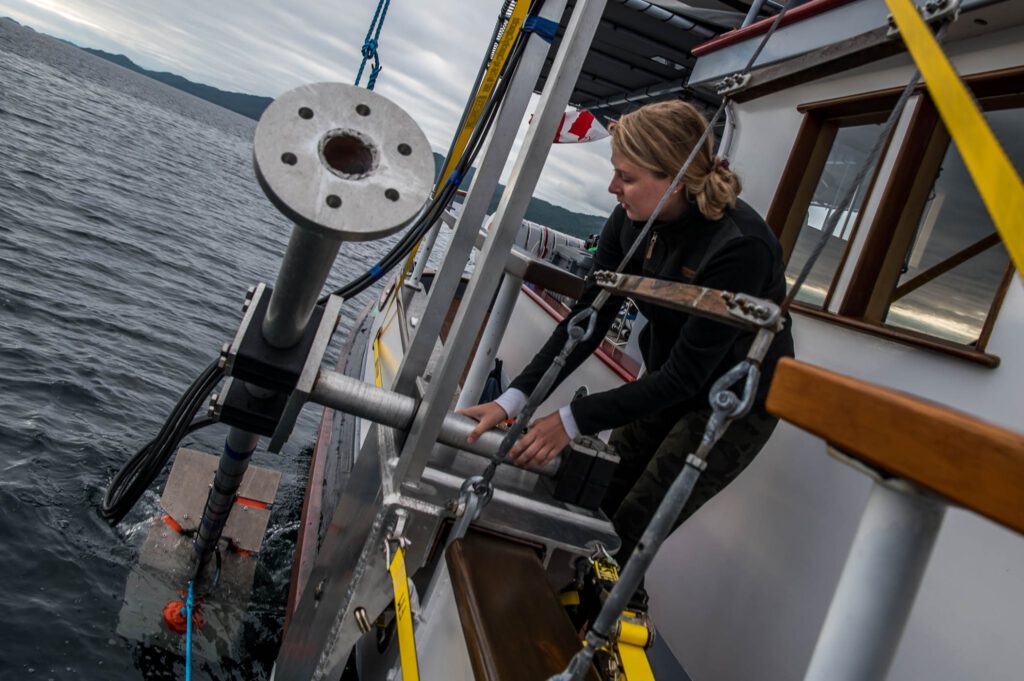
sept10-c
-
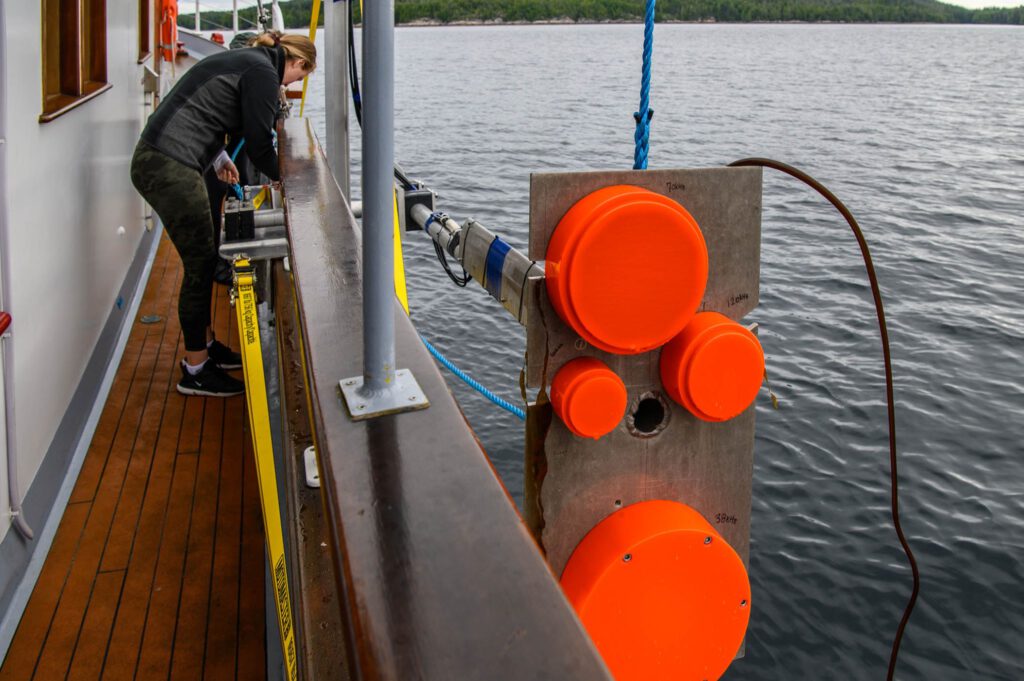
sept10-d
-
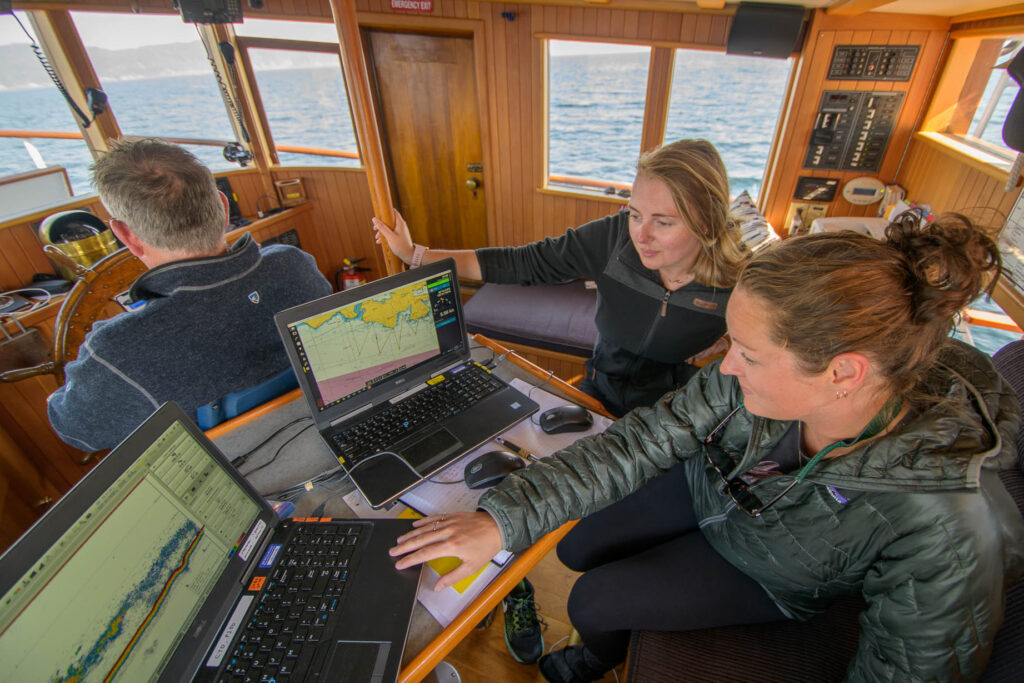
sept10
September 12 – Searching for the Southern Residents
We spent the past two days looking for the southern resident killer whales at the entrance to Juan de Fuca Strait (on the open ocean between Washington State and Vancouver Island). We are based out of Port Renfrew, and had the good fortune today of finding K and L pods.
-
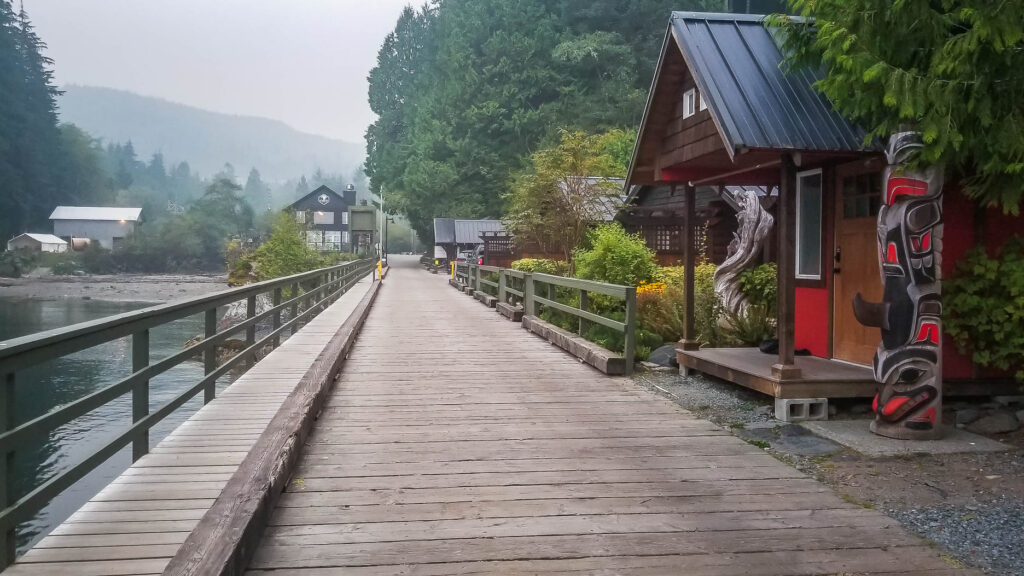
sept12-2
-
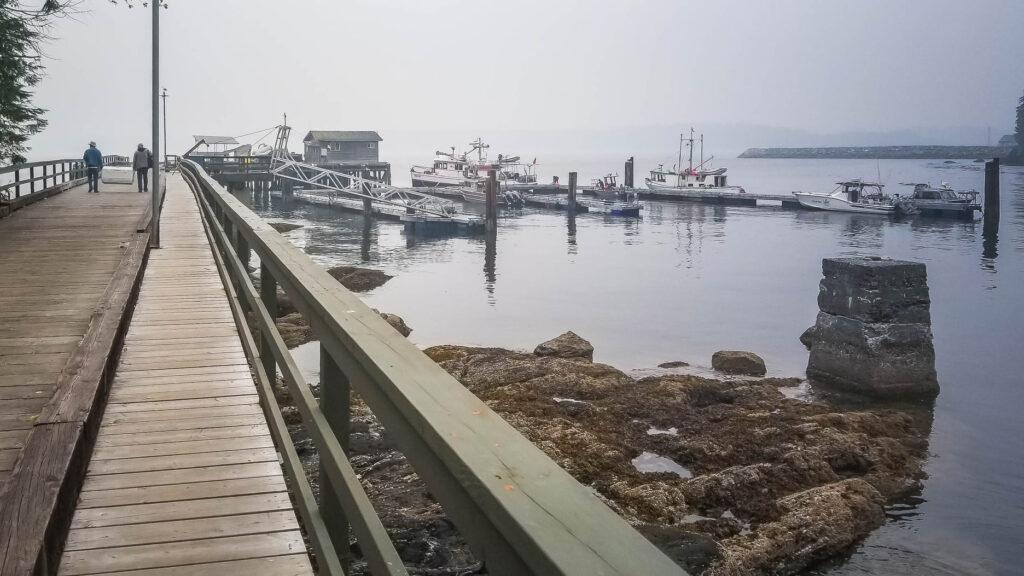
sept12-2b
September 12 – Feeding Whales
We saw lots of feeding activity off the Carmanah Point Lighthouse (West Coast Trail) as the southern resident killer whales gathered before moving into Juan de Fuca Strait.
-
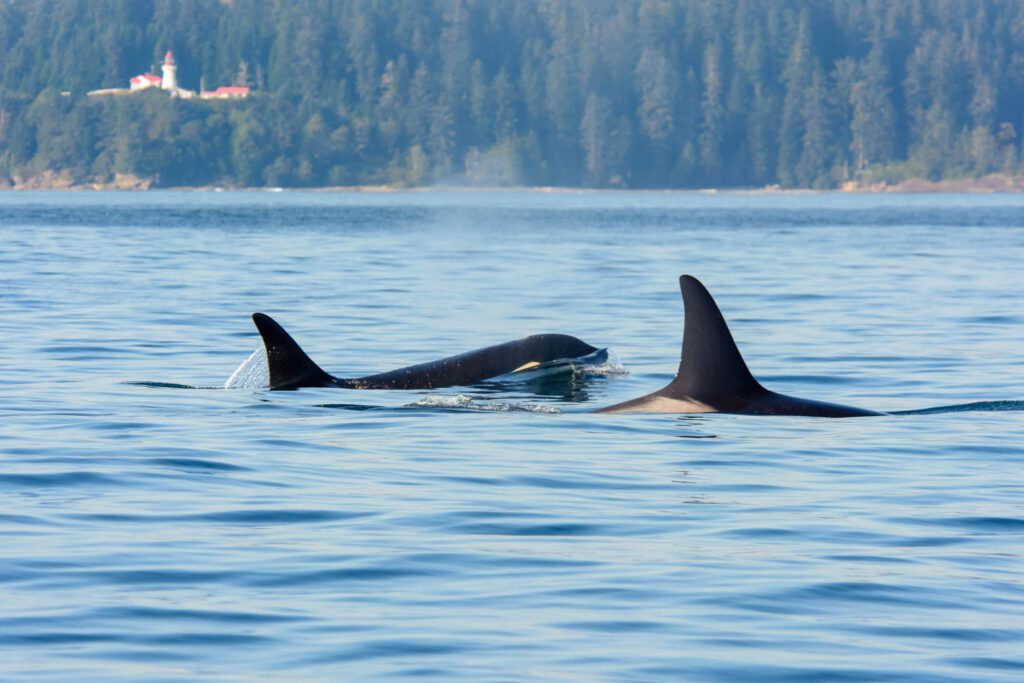
sept12
September 13 – Salish Sea on Fire
We had a tough time yesterday finding the southern residents in the thick smoke — and can’t imagine what it is doing to their lungs. Smoke from the wildfires in the United States has poured over southern British Columbia and has smothered the Salish Sea. It is burning our eyes and stinging our throats, and limits our ability to see to less than a kilometer at best.
Read More-
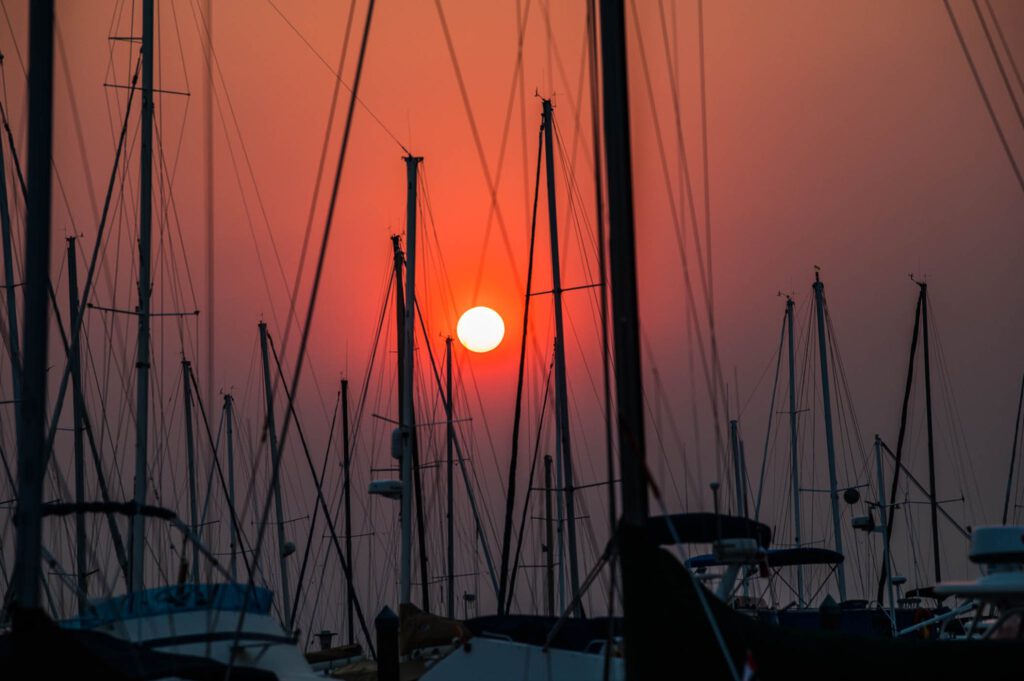
sept13-b
-
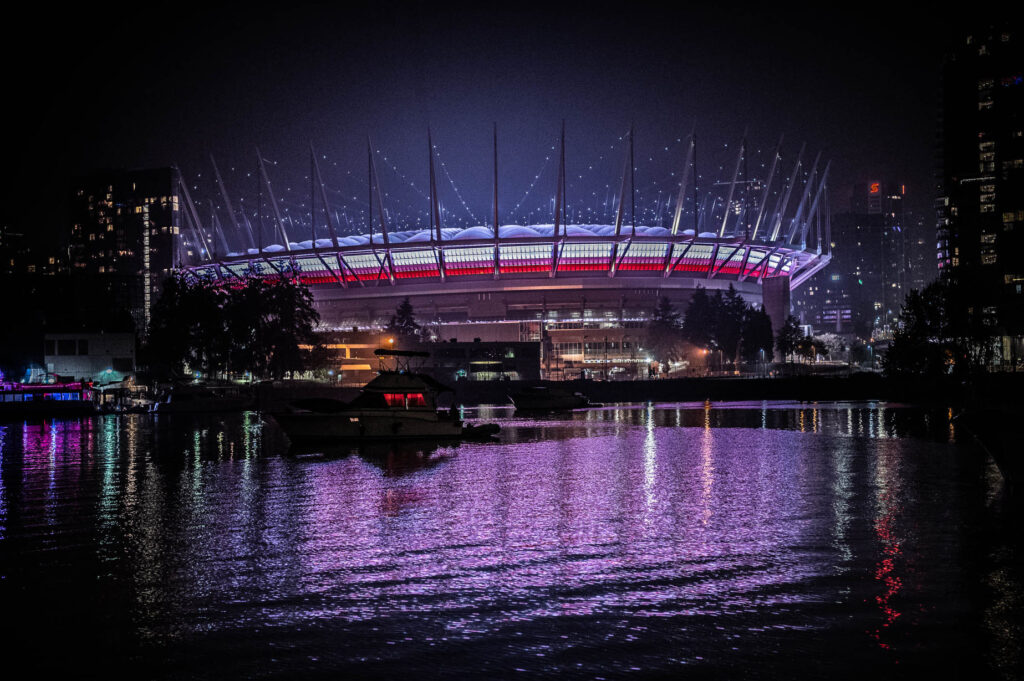
sept13-c
September 15 – Drone Research
“Knowing that once you let it go, you have to get it back — that’s the hard part”, according to Taryn, a UBC graduate student.
Wind and ocean swell conditions can change during each 20 minute flight, making landing on a bouncy rolling boat much more difficult than taking off. “Once it’s up, we are committed to bringing it back and catching it. There’s no turning back.”
Read More-
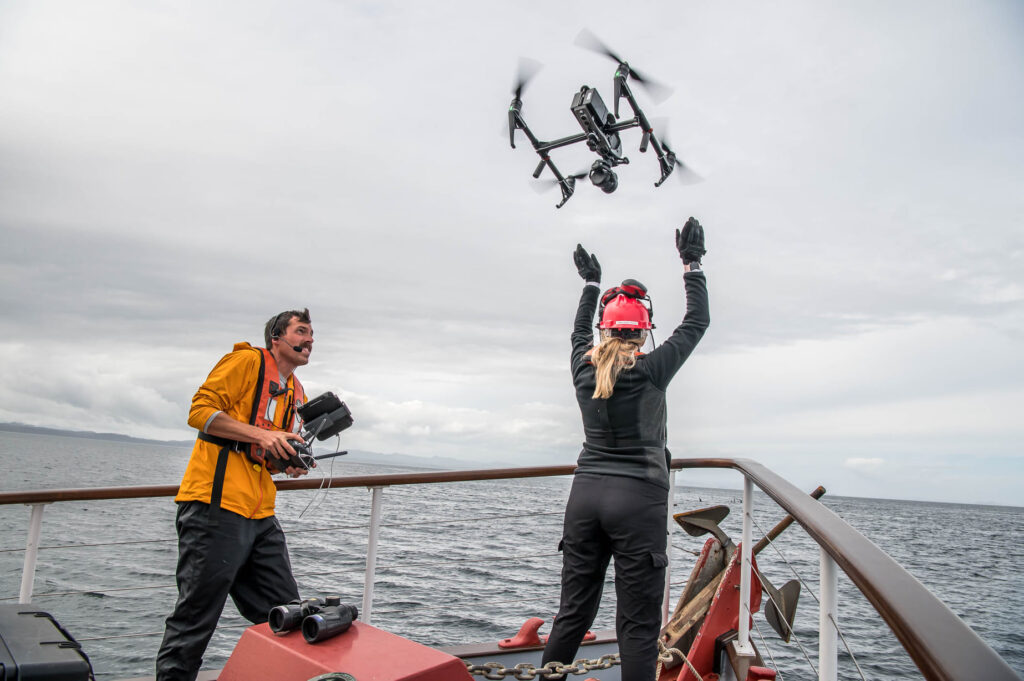
sept15-b
-
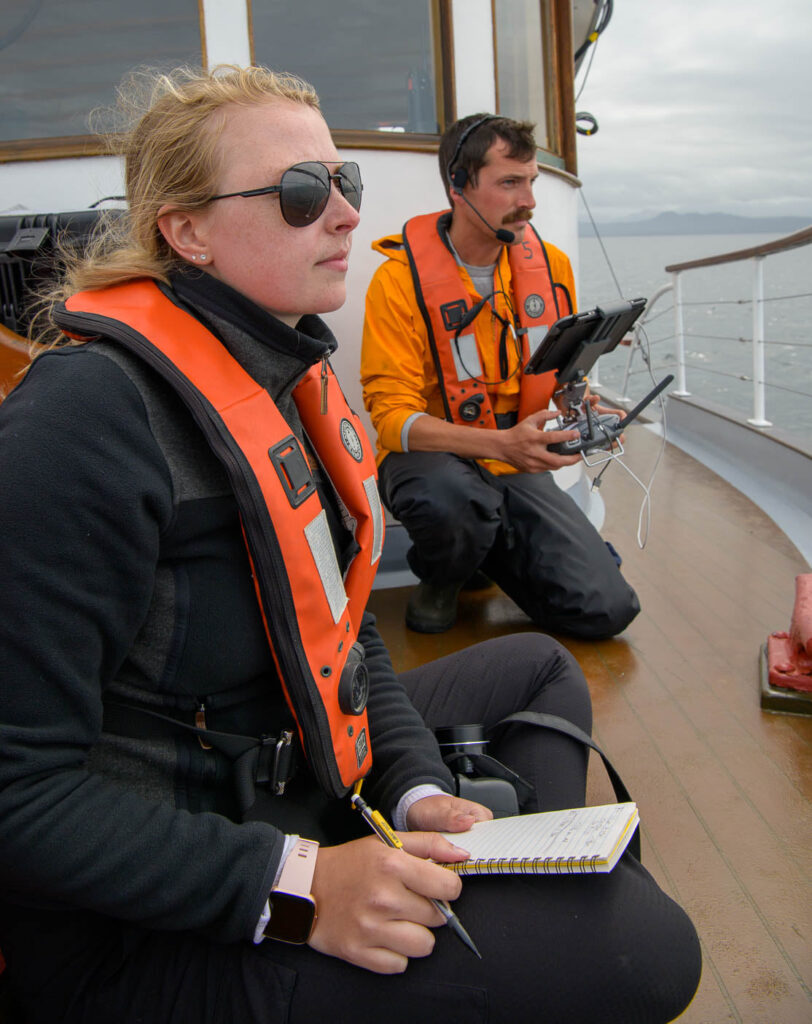
sept15-c
-
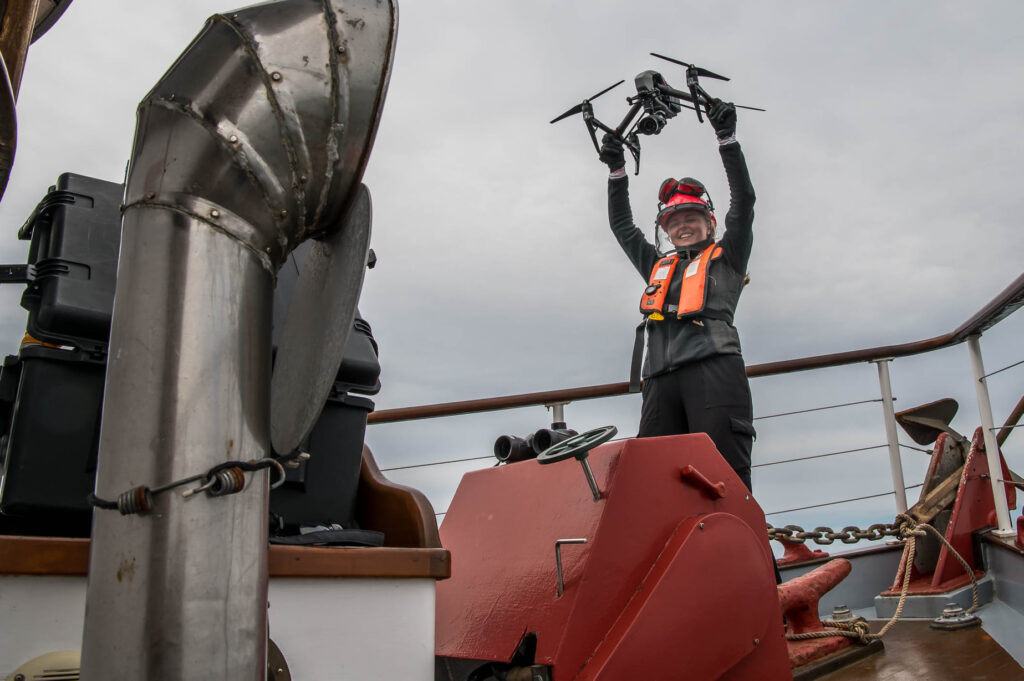
sept15-d
-
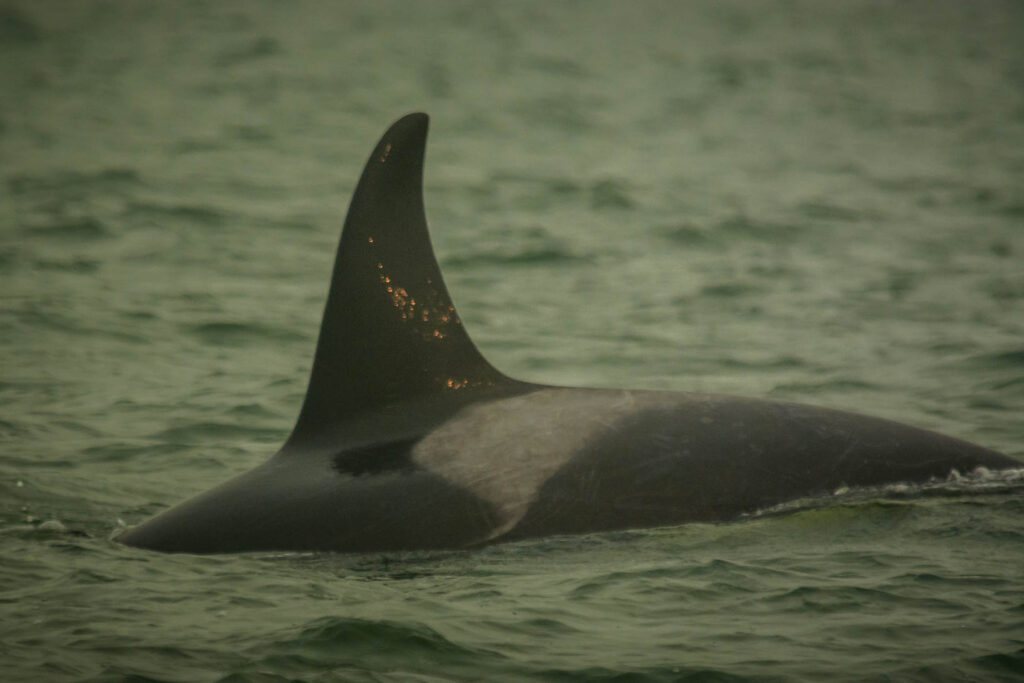
sept15
September 16 – Lost in the Wildfire Smoke
Three days ago, we lost the southern resident killer whales near Vancouver in the thick wildfire smoke that had smothered the Salish Sea. We looked for them in the following days, but had no visibility.
Read More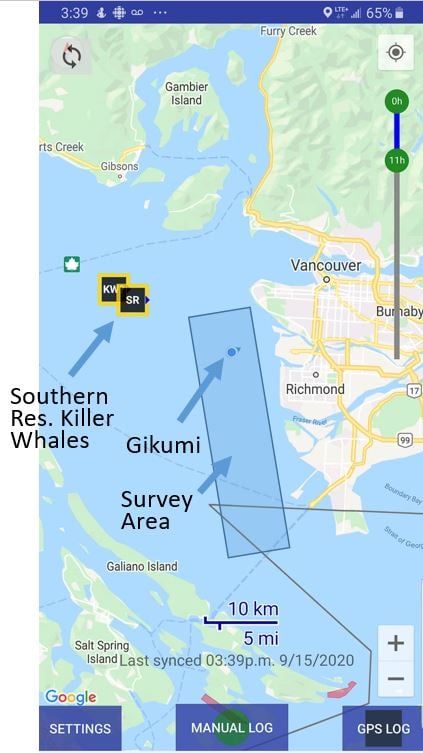
September 17 – Final Entry
After travelling over 2,500 km in resident killer whale territories, surveying fish along over 500 km of track lines, and recording over 100 hours of underwater orca-cam video — we are back on land! Thank you for joining the nine of us on our orca research cruise for the past 30 days — and thank you for your comments and words of encouragement. We really appreciated hearing from you.
Read More